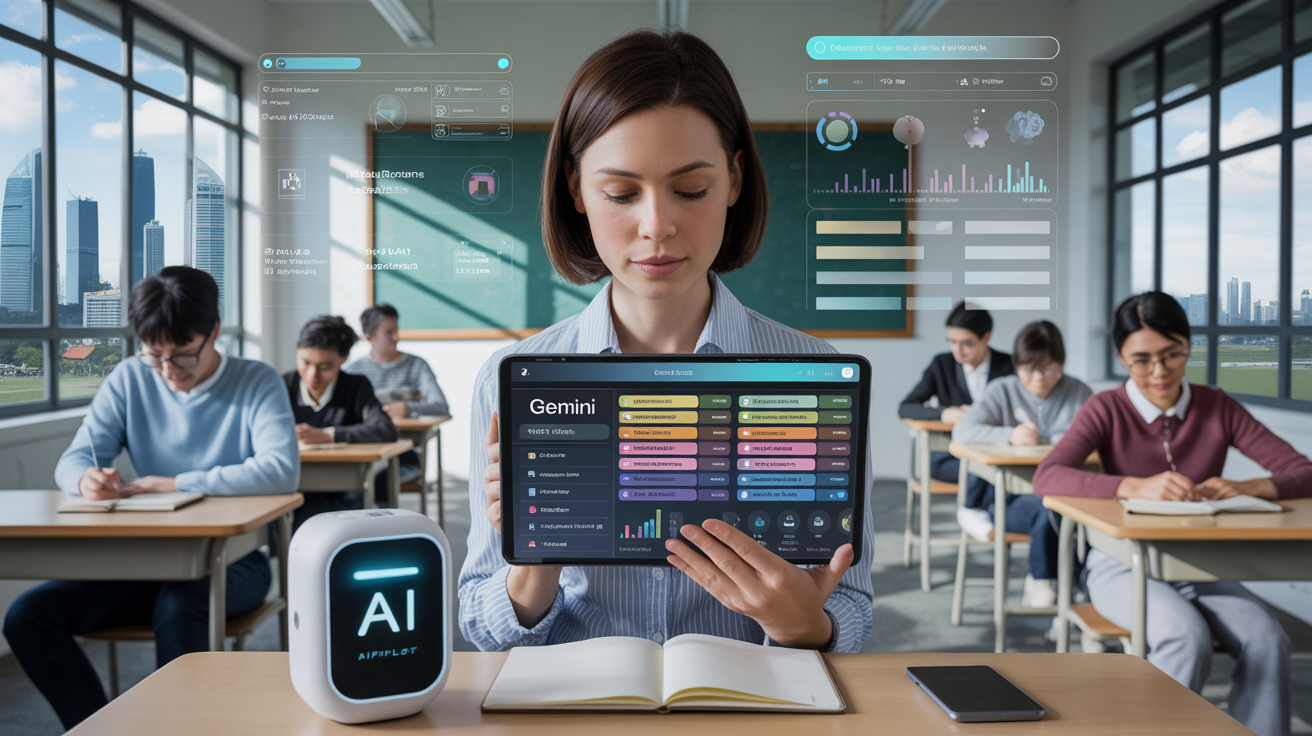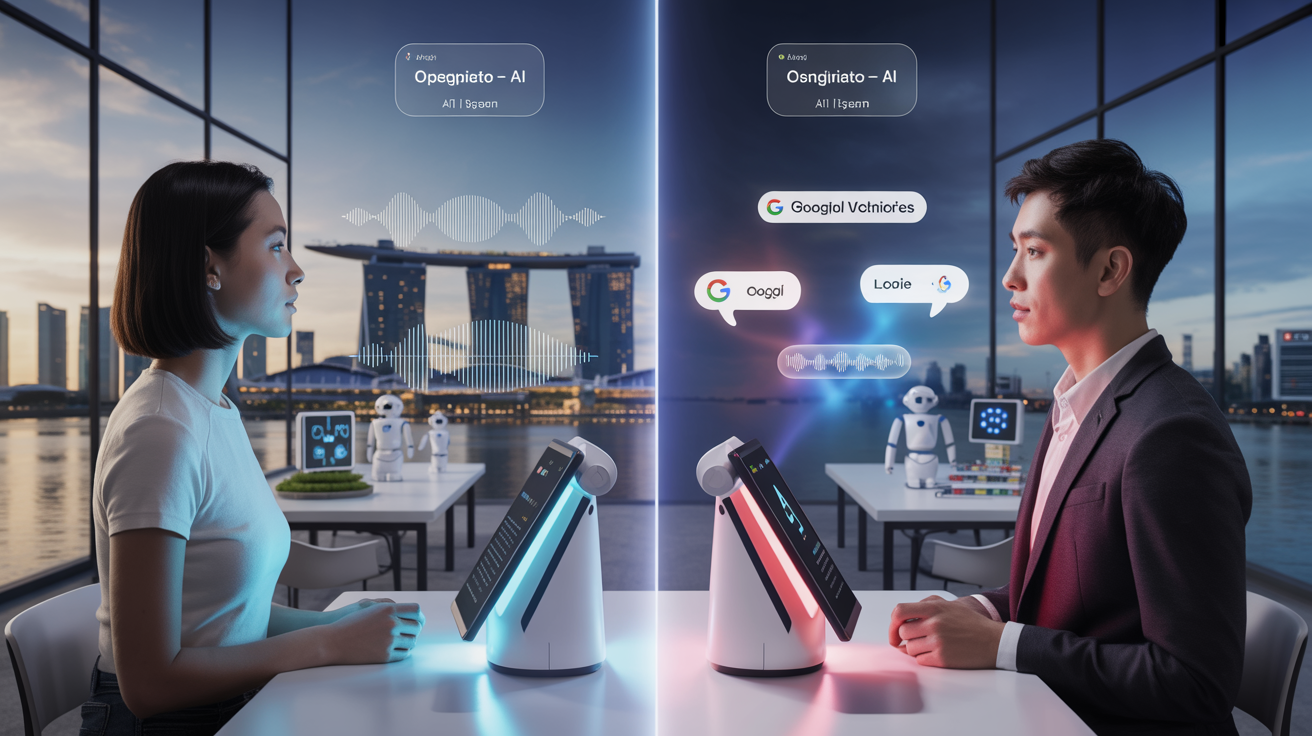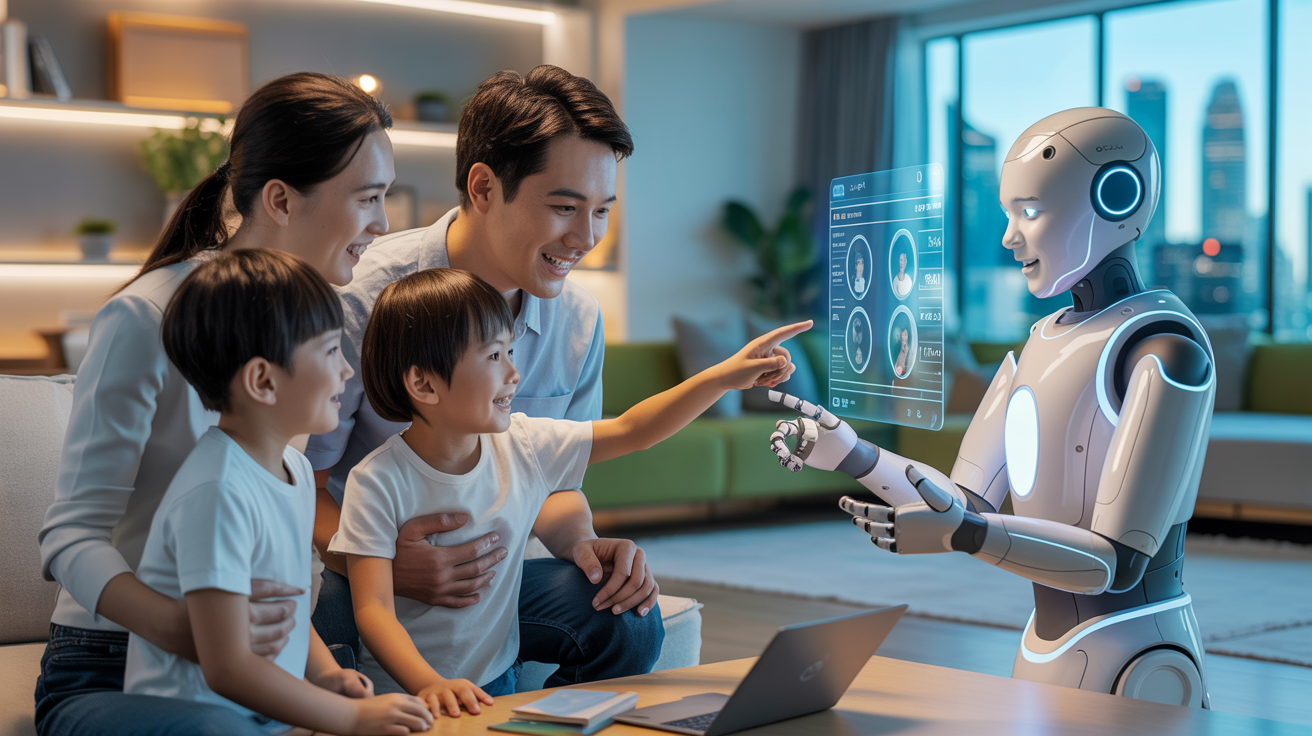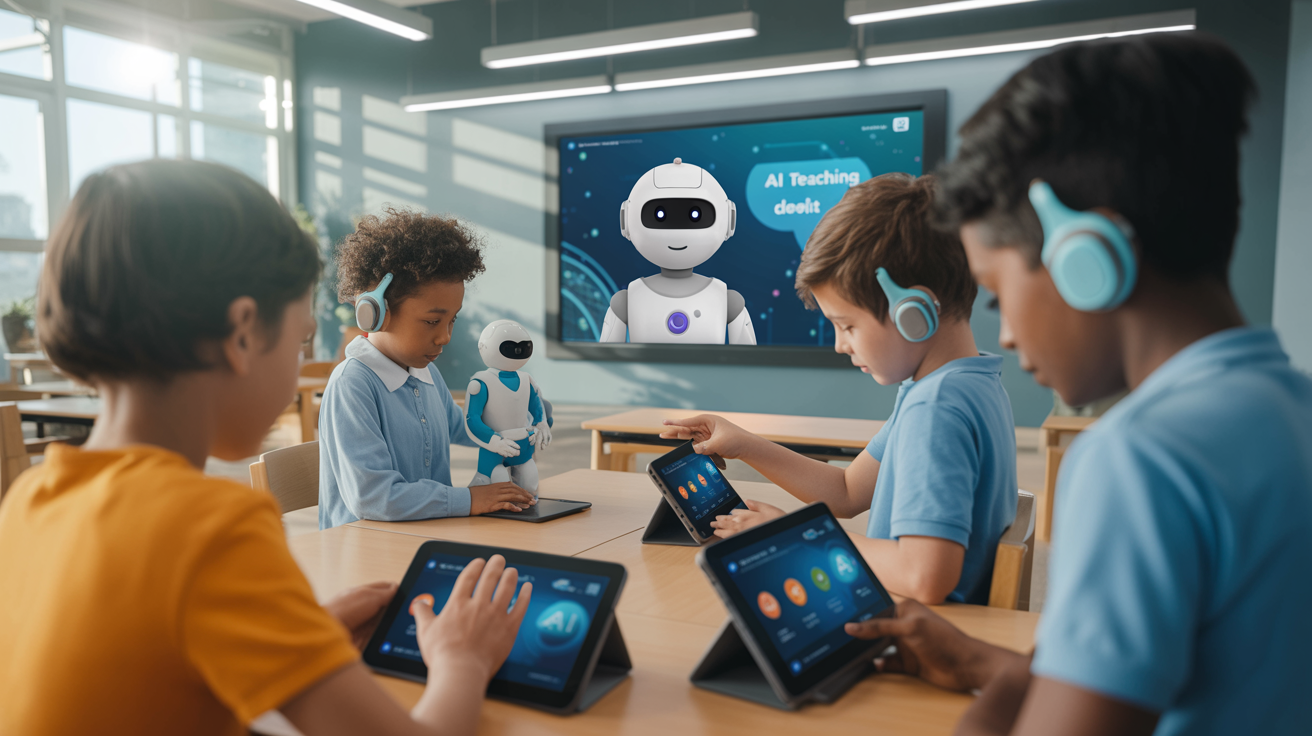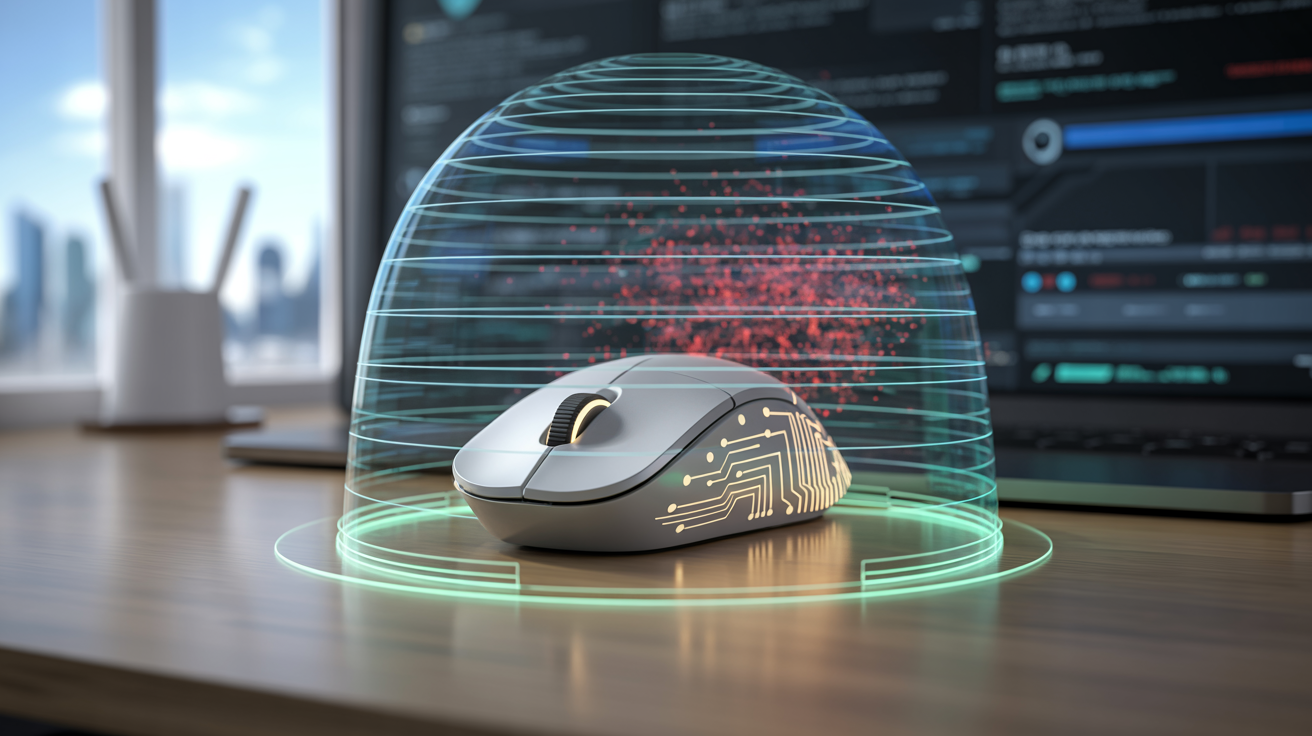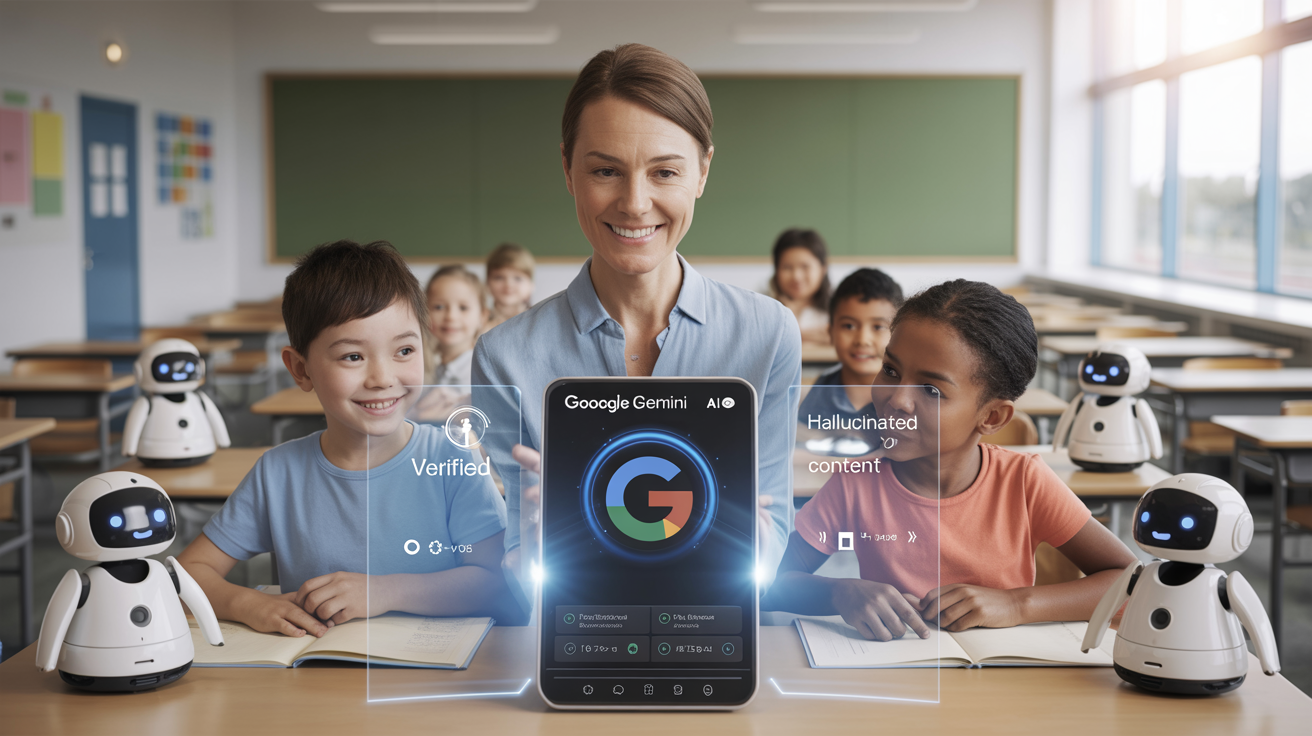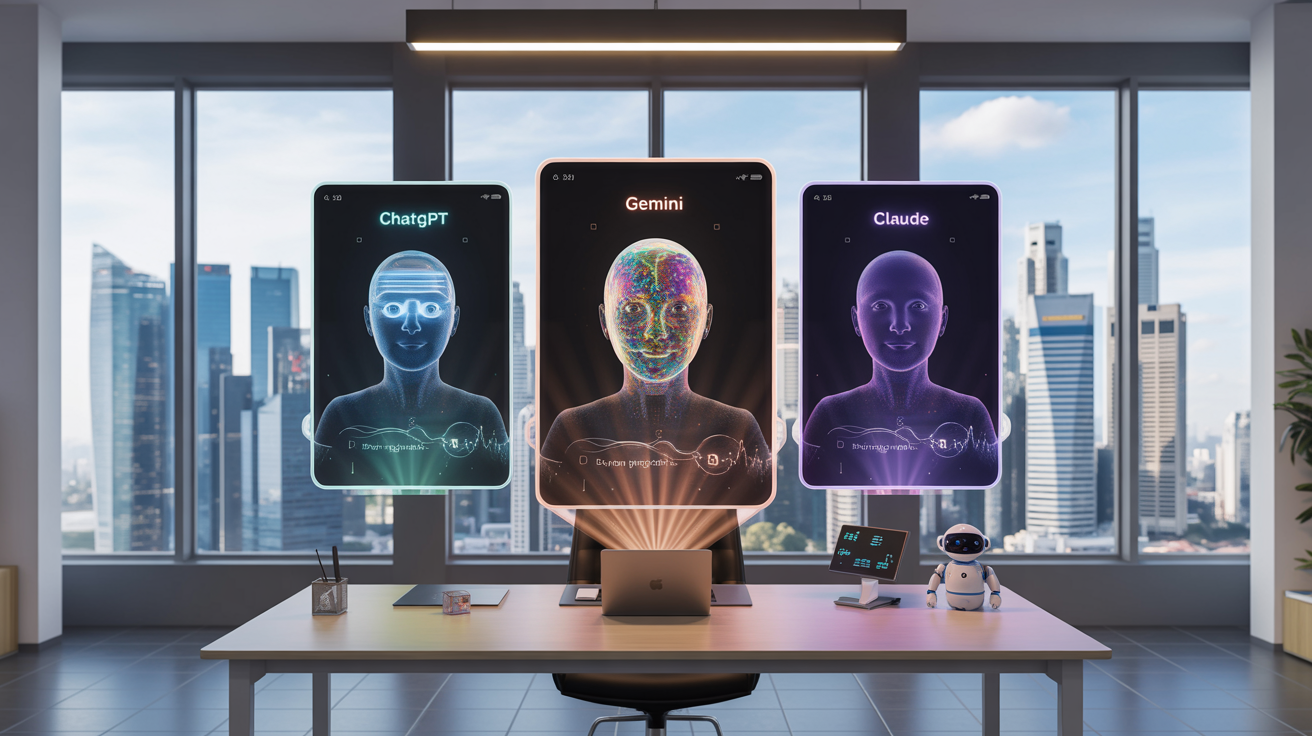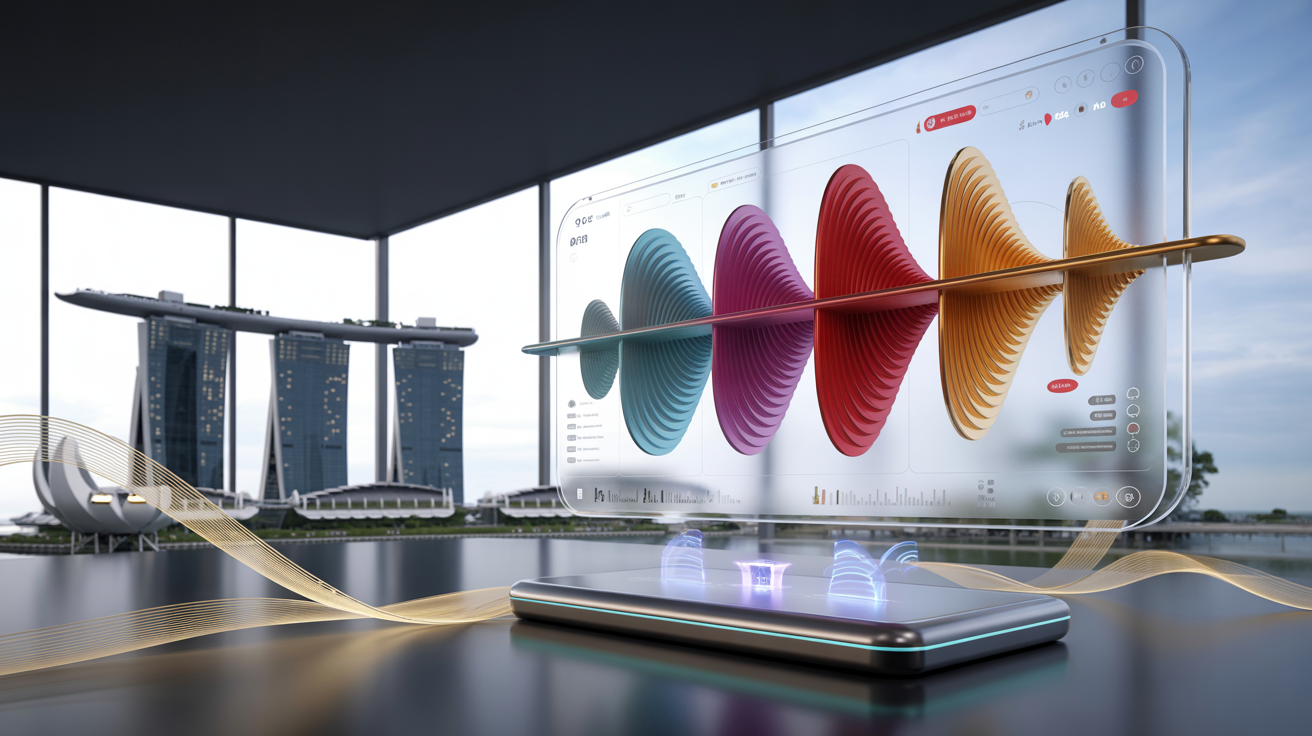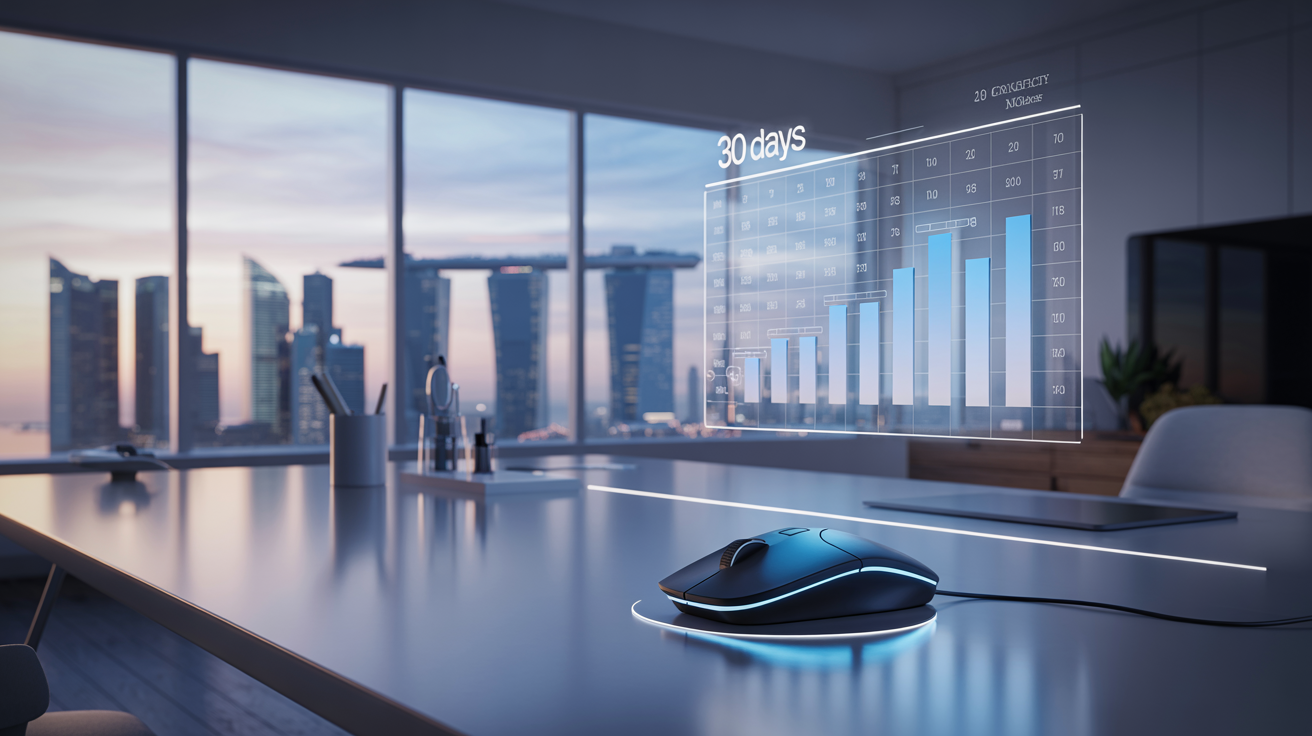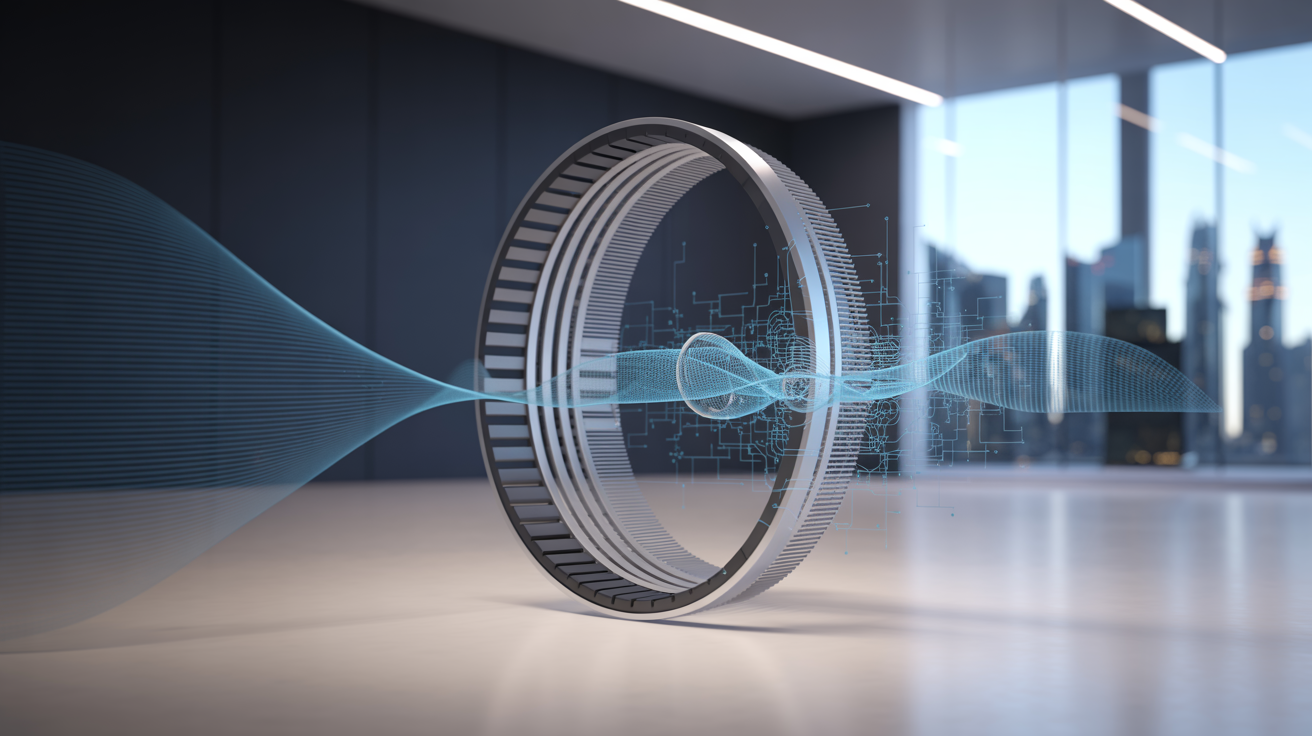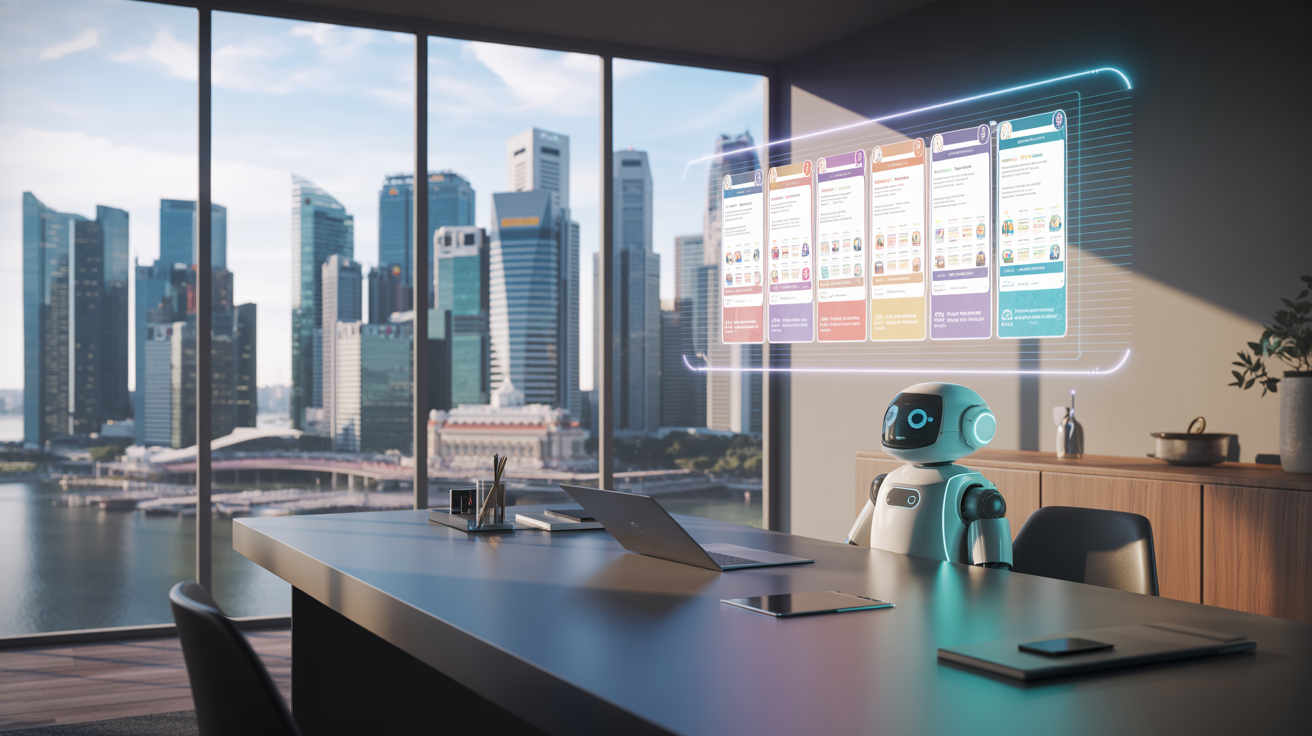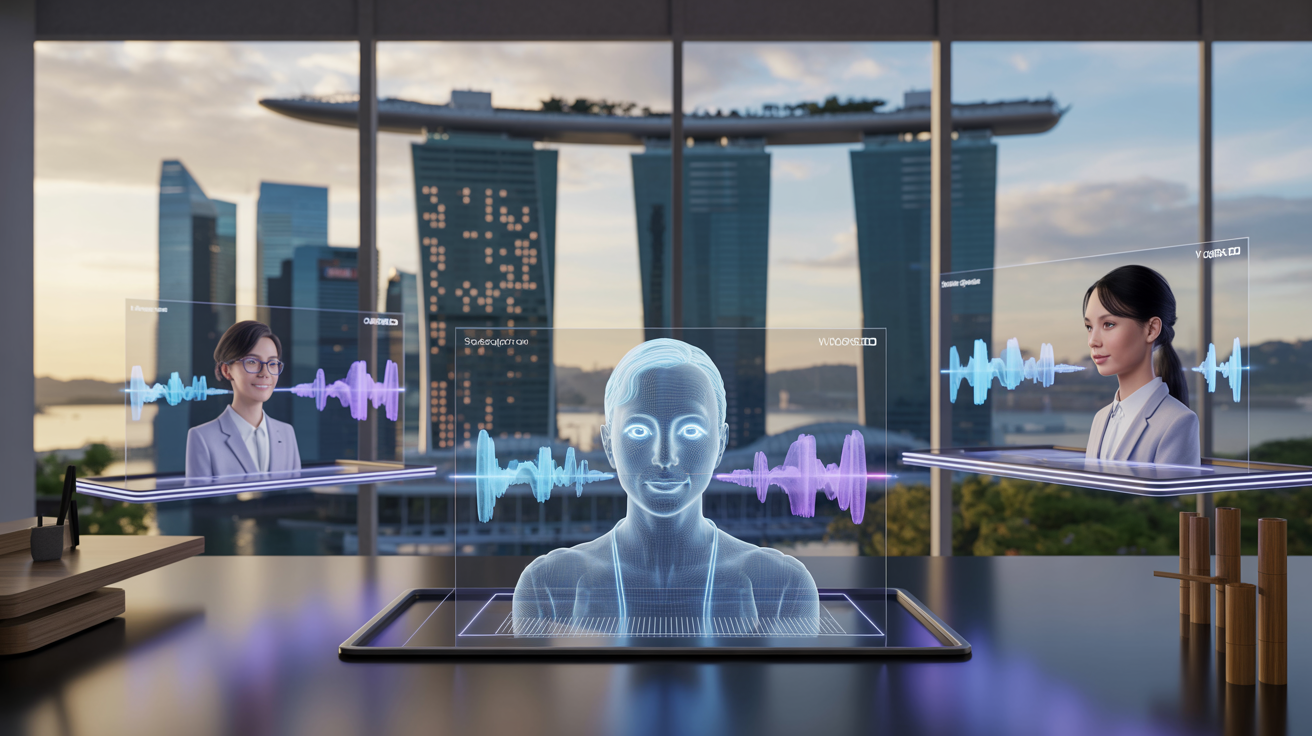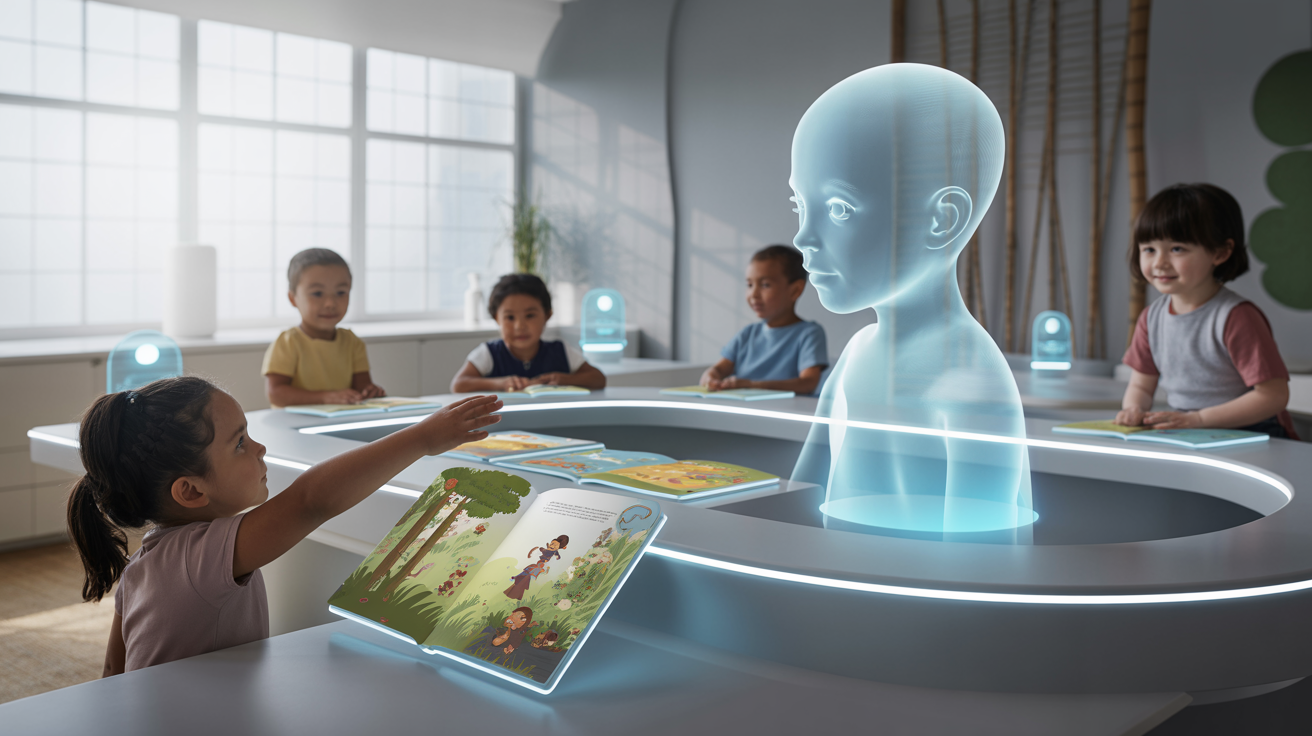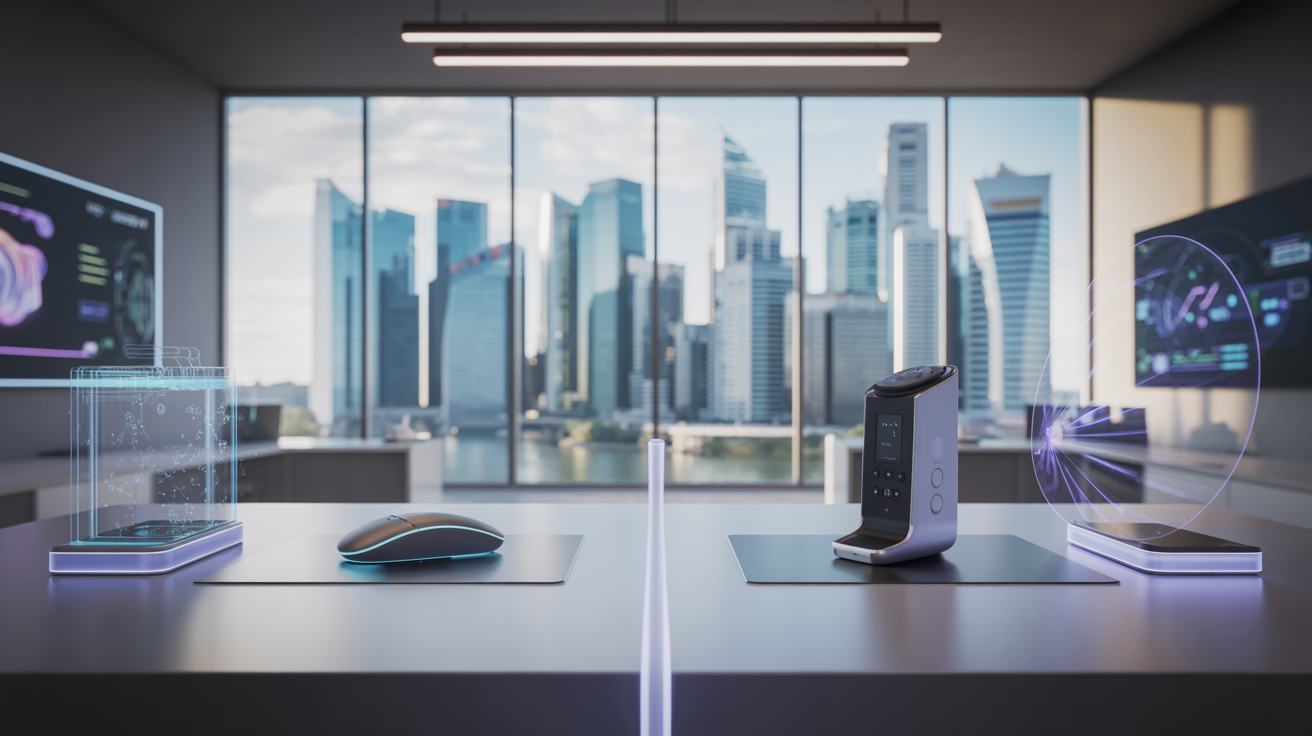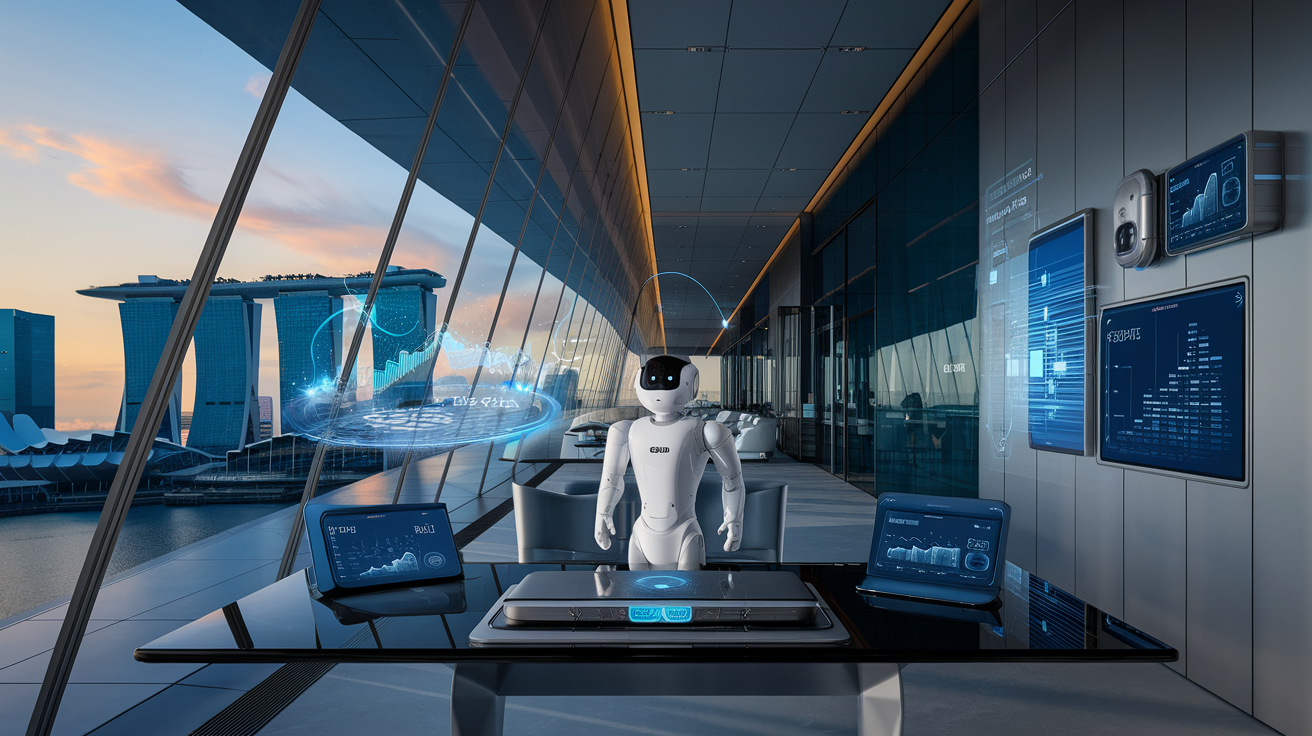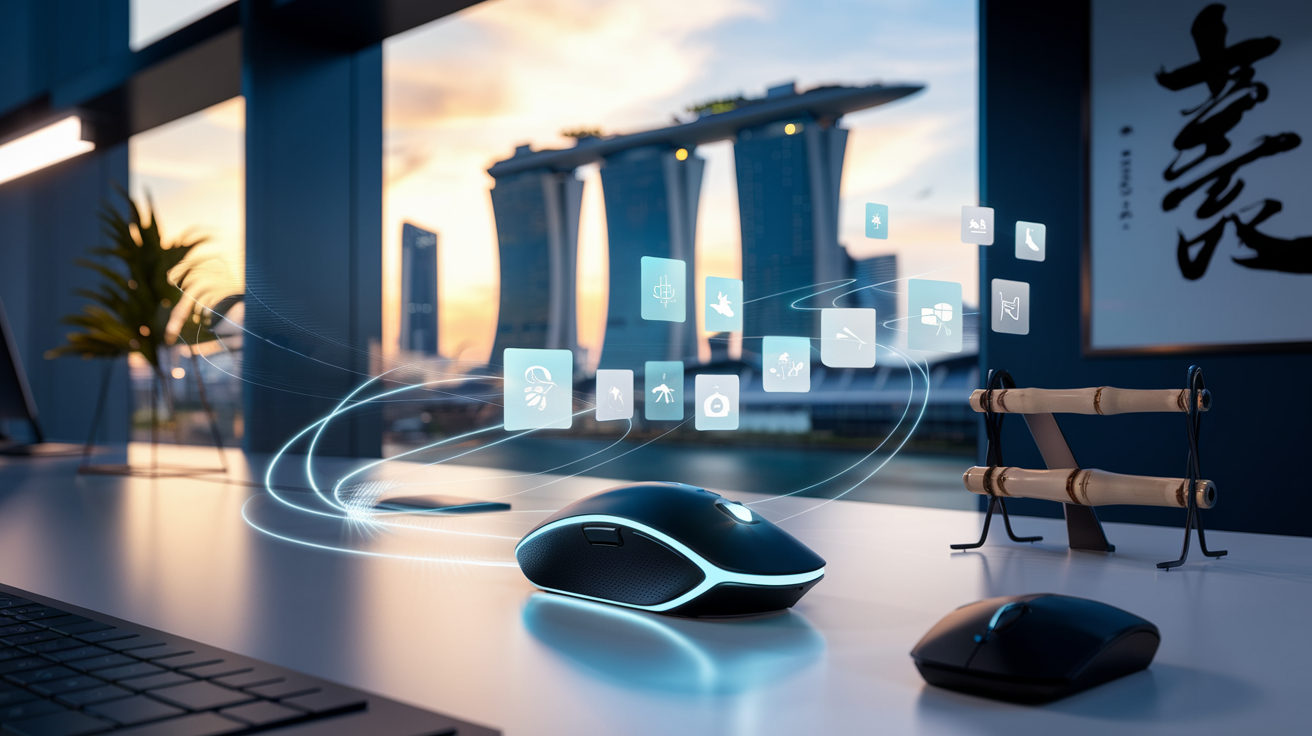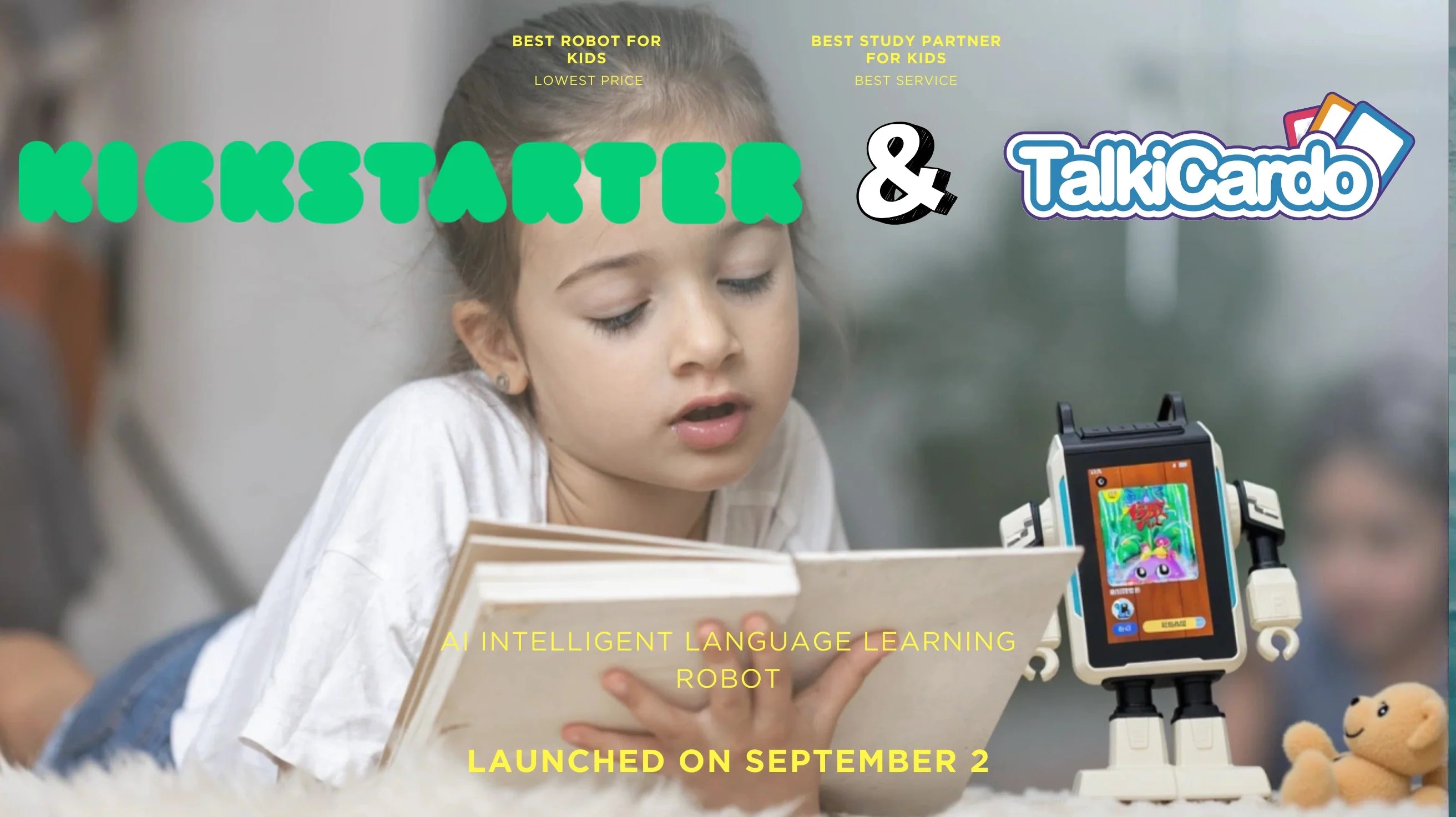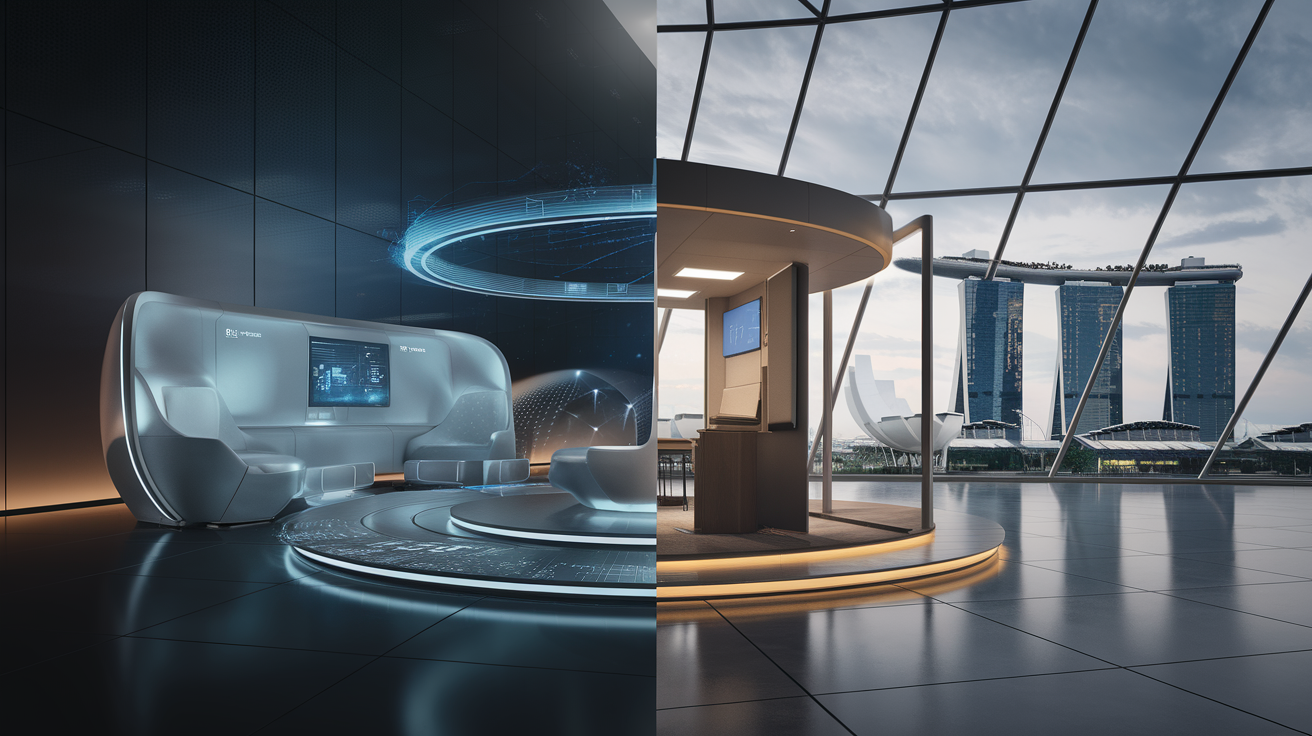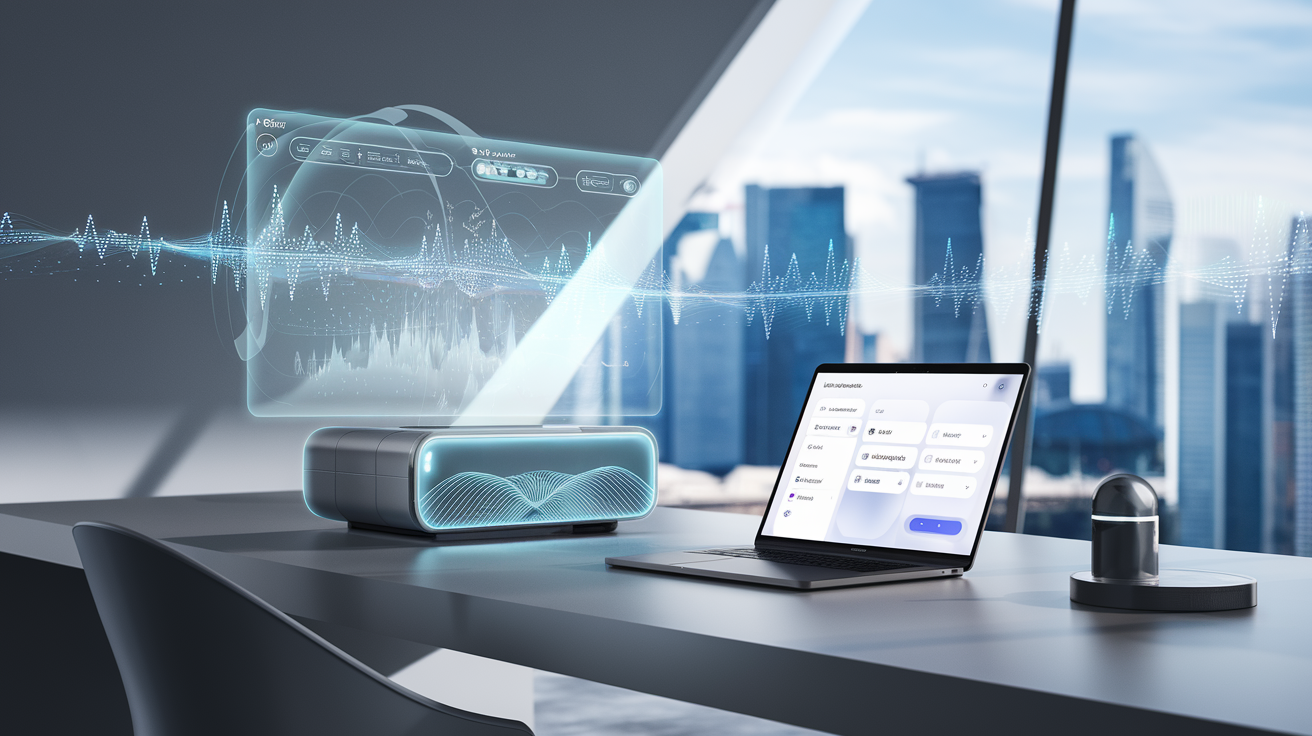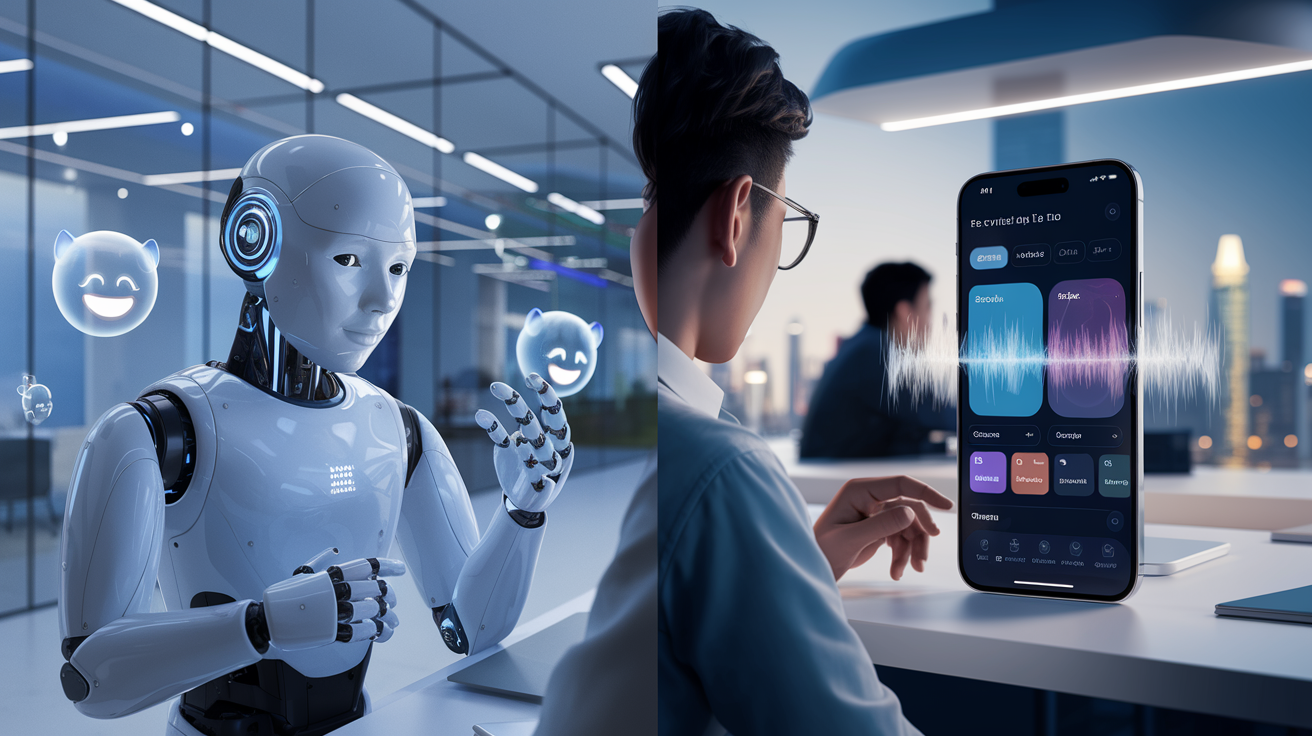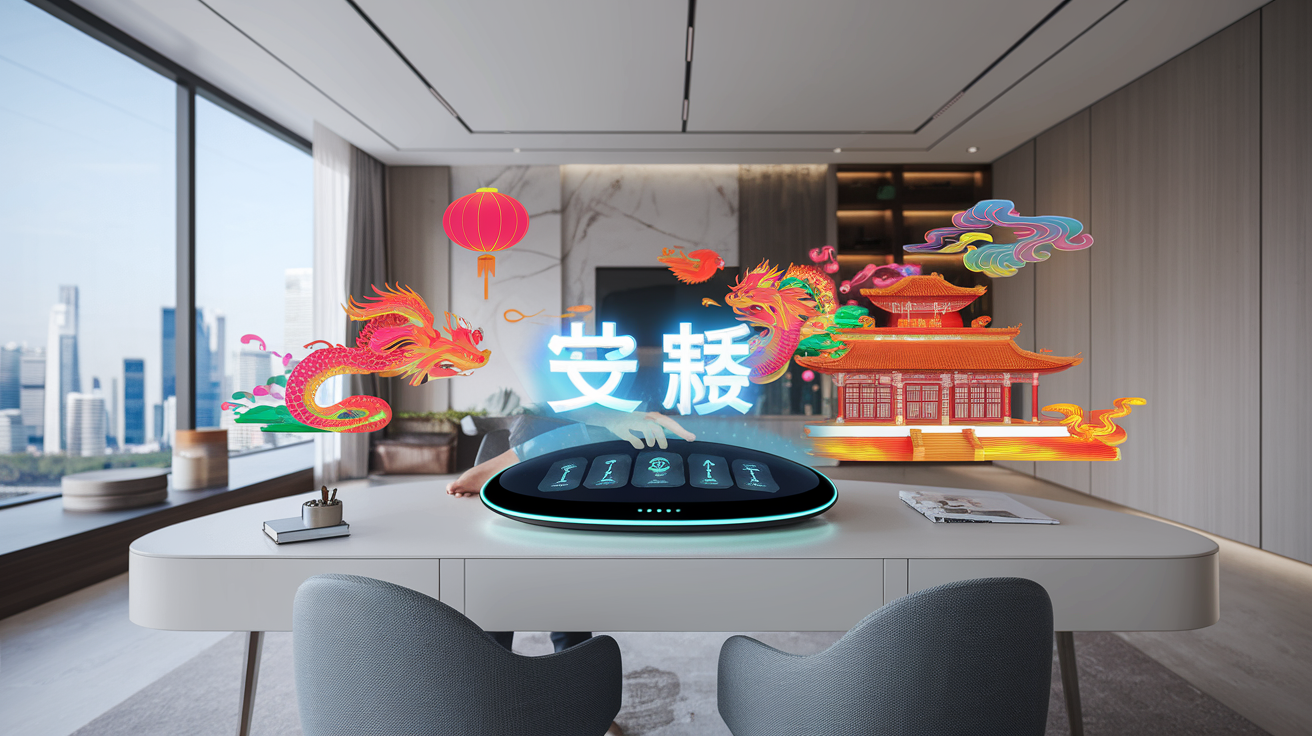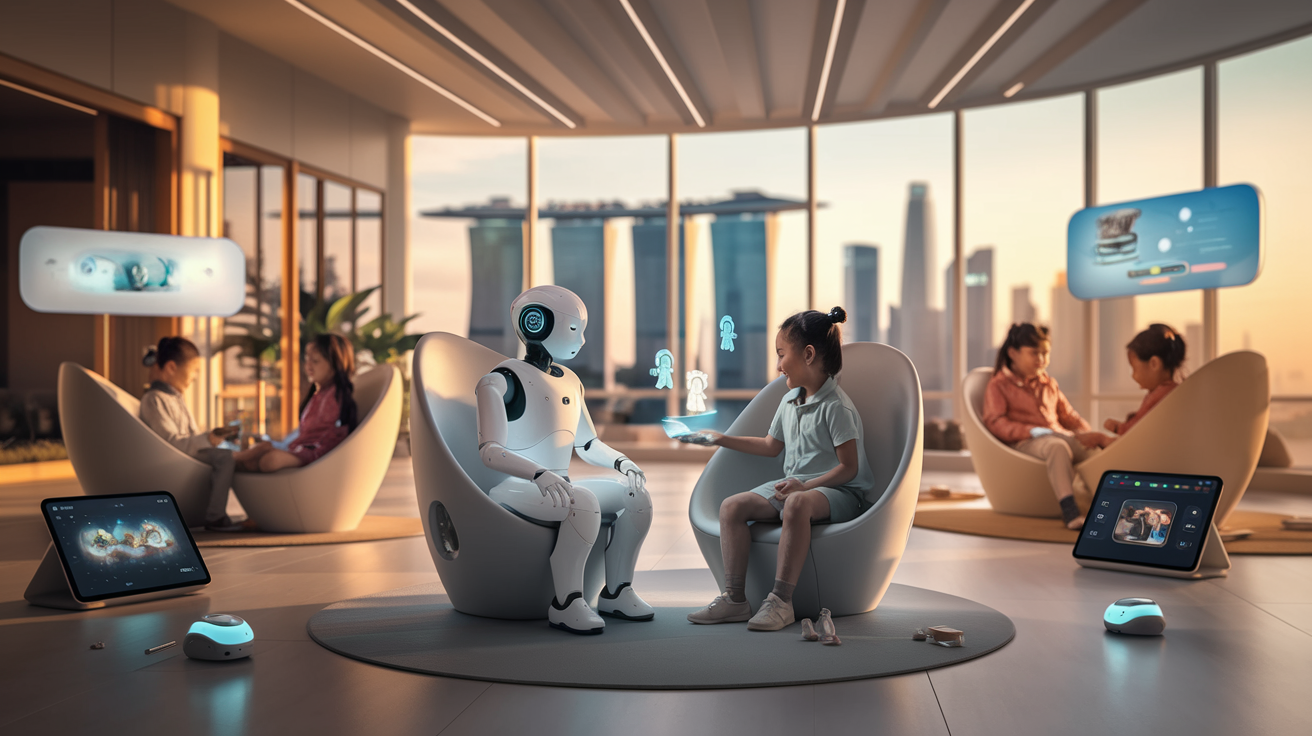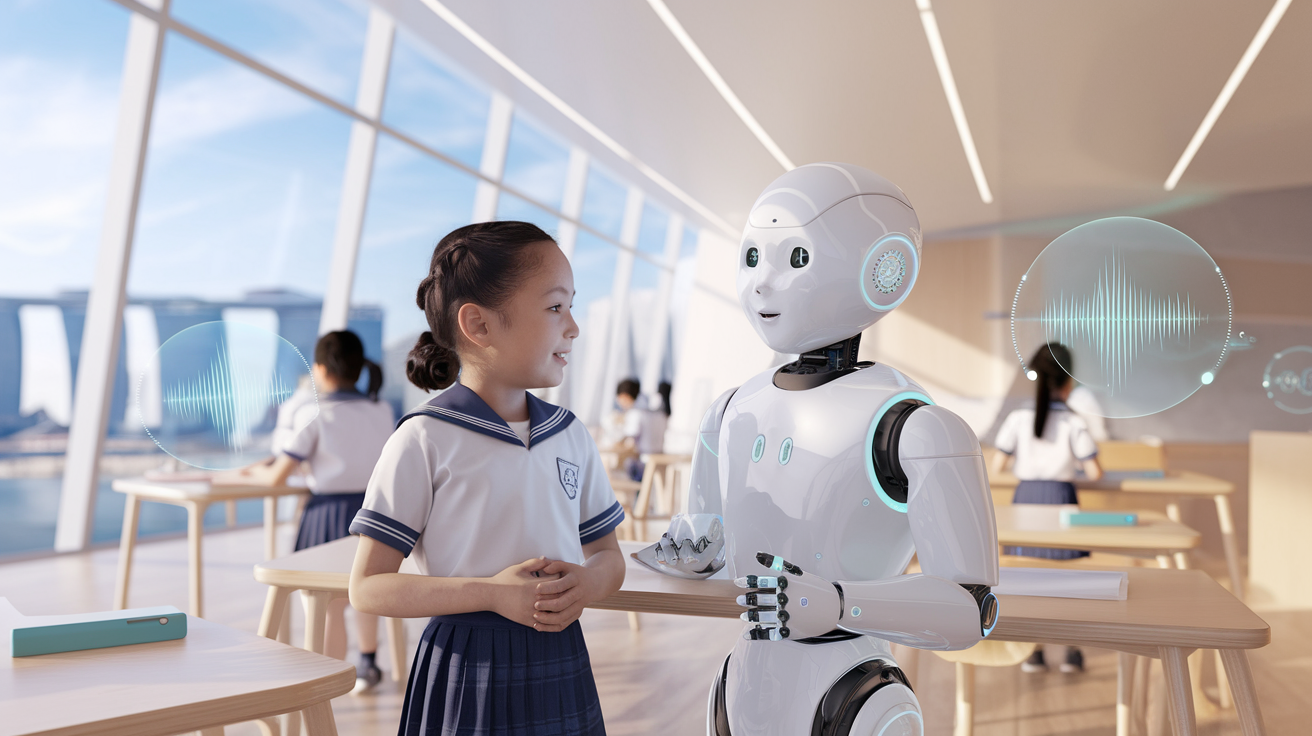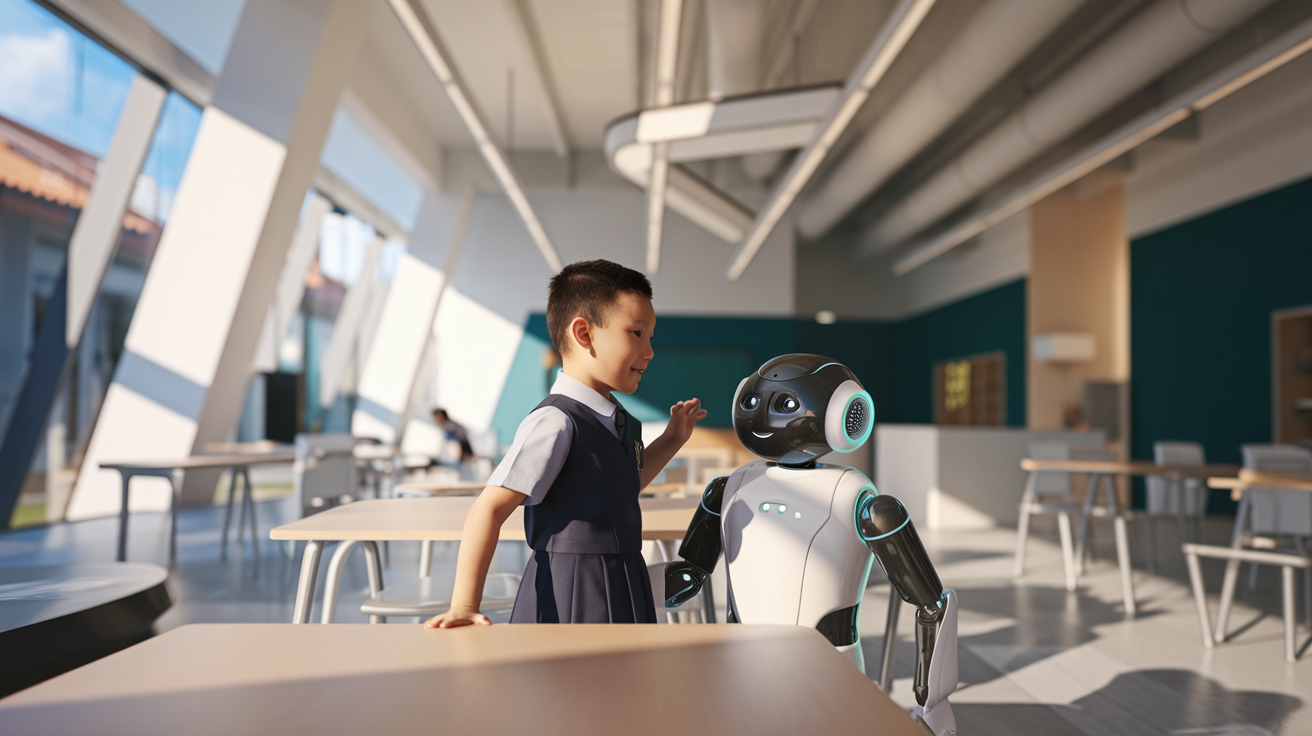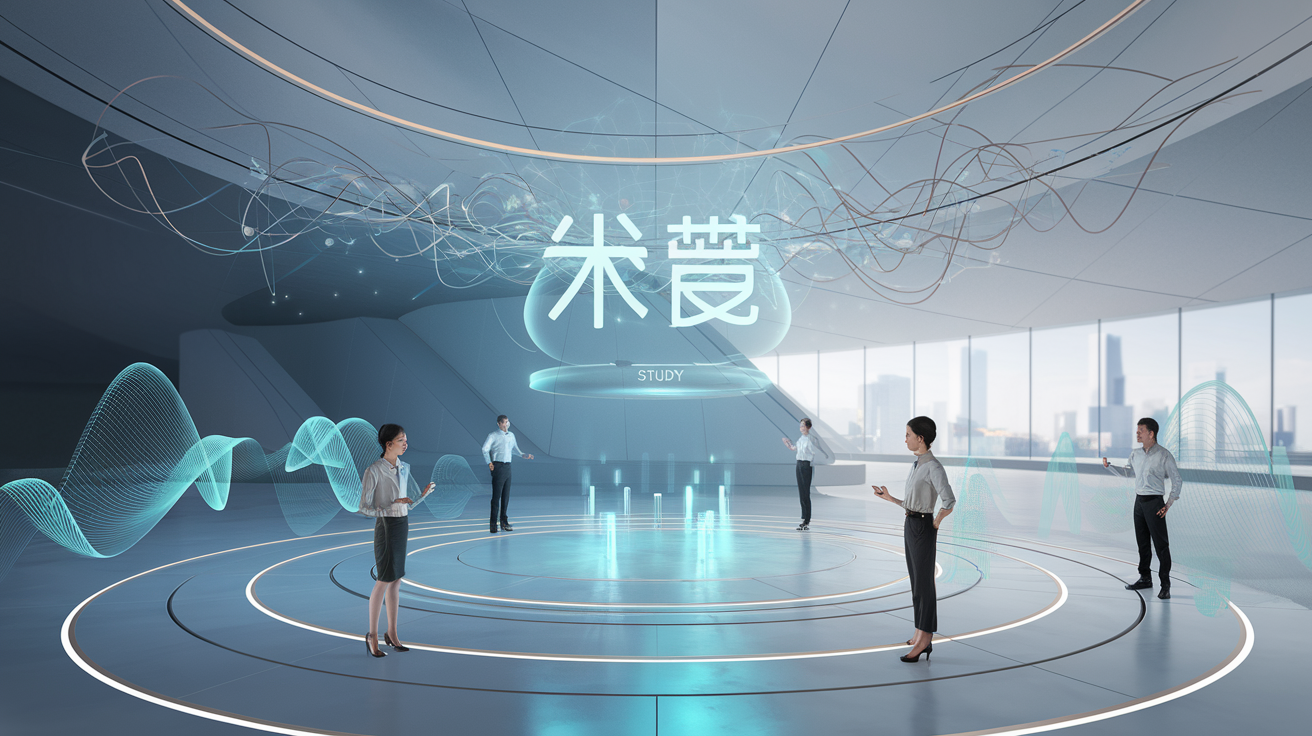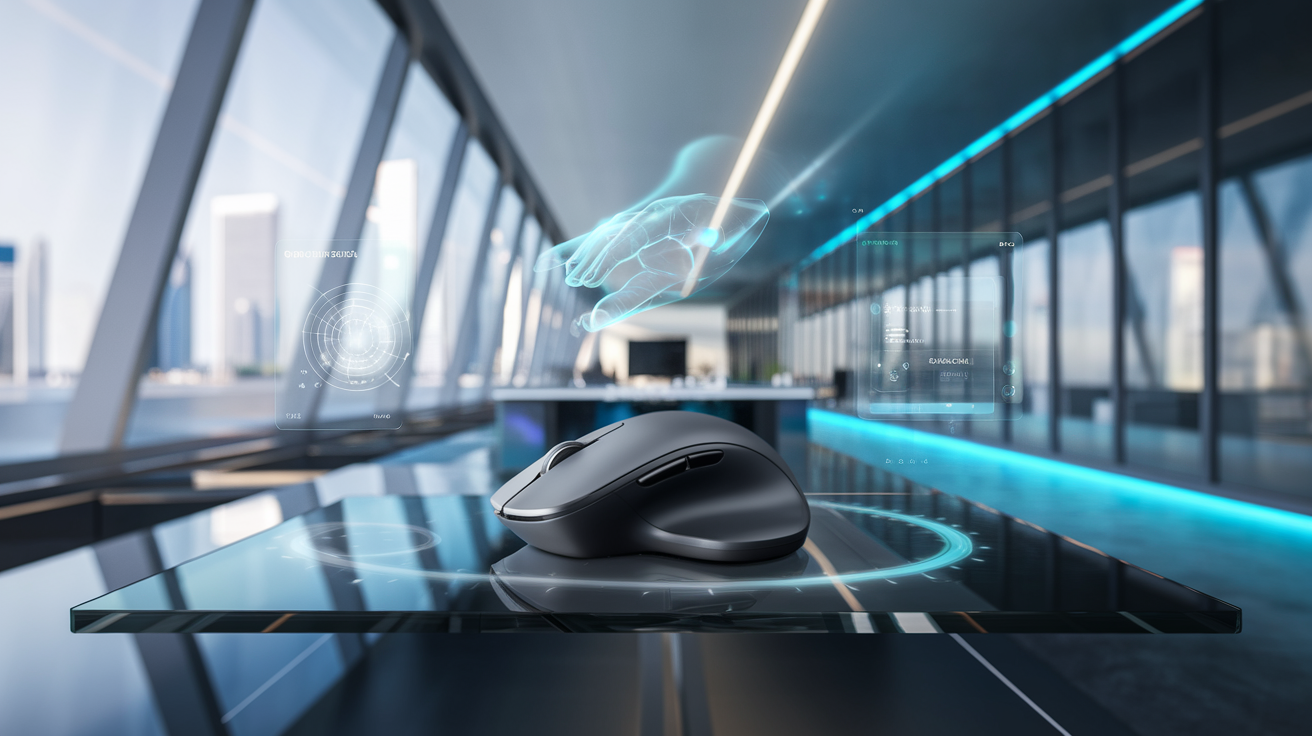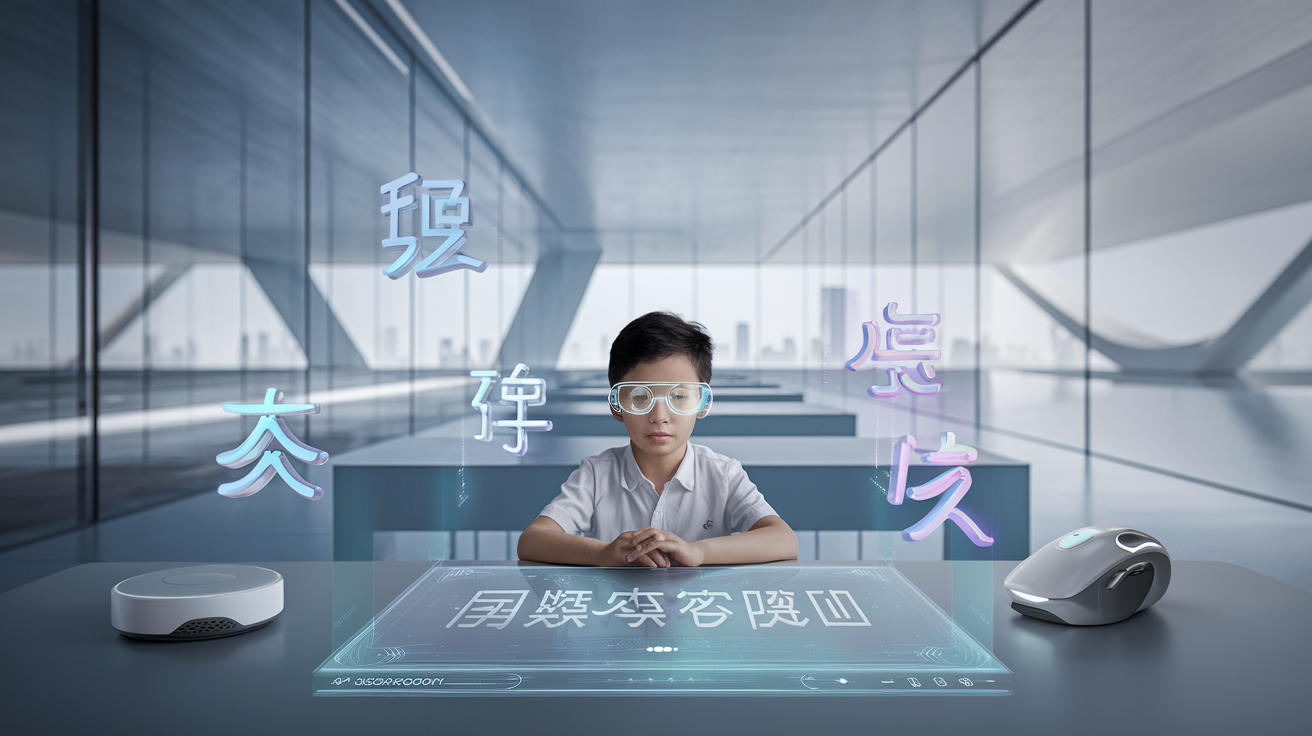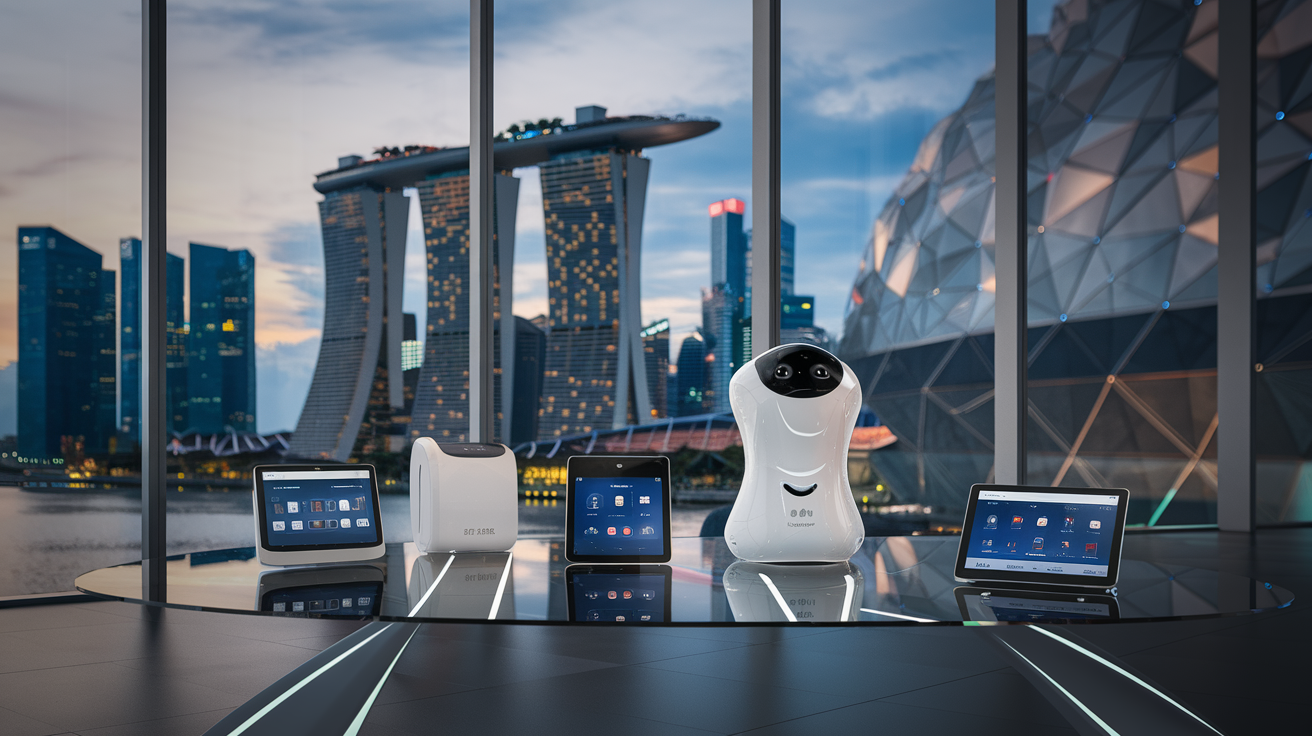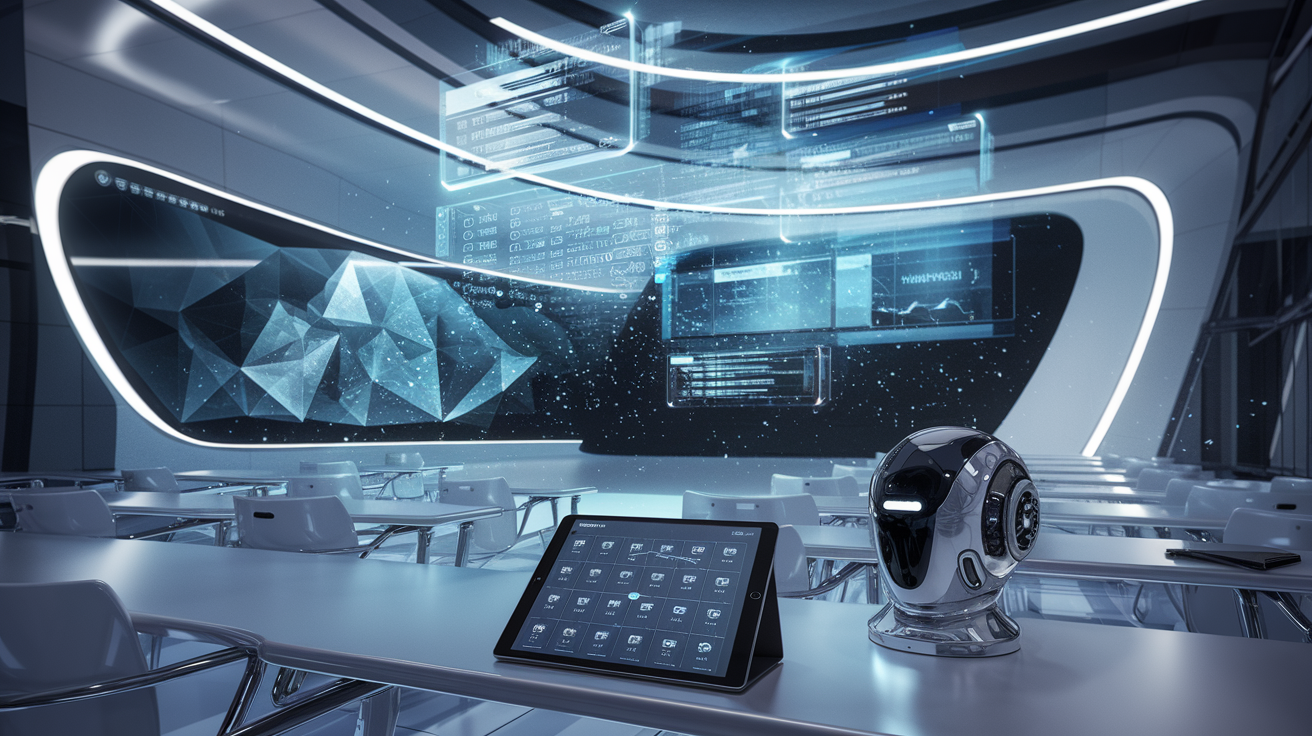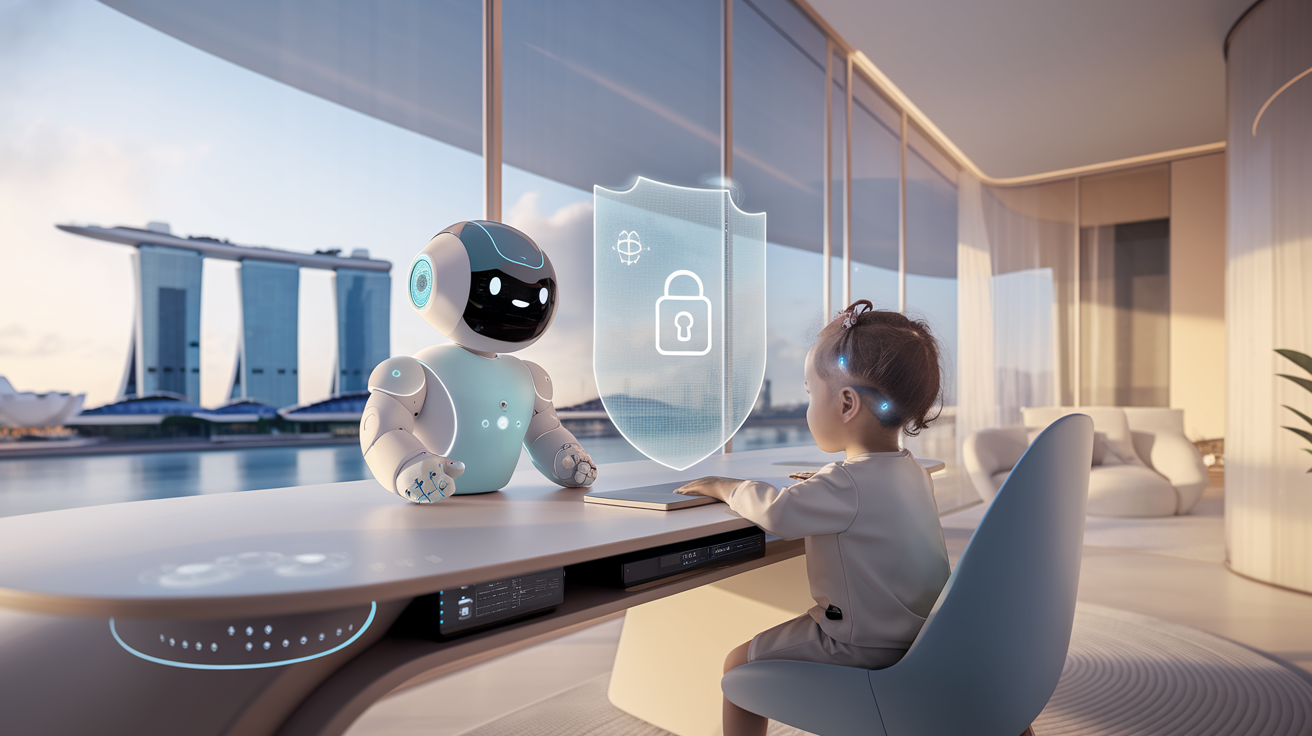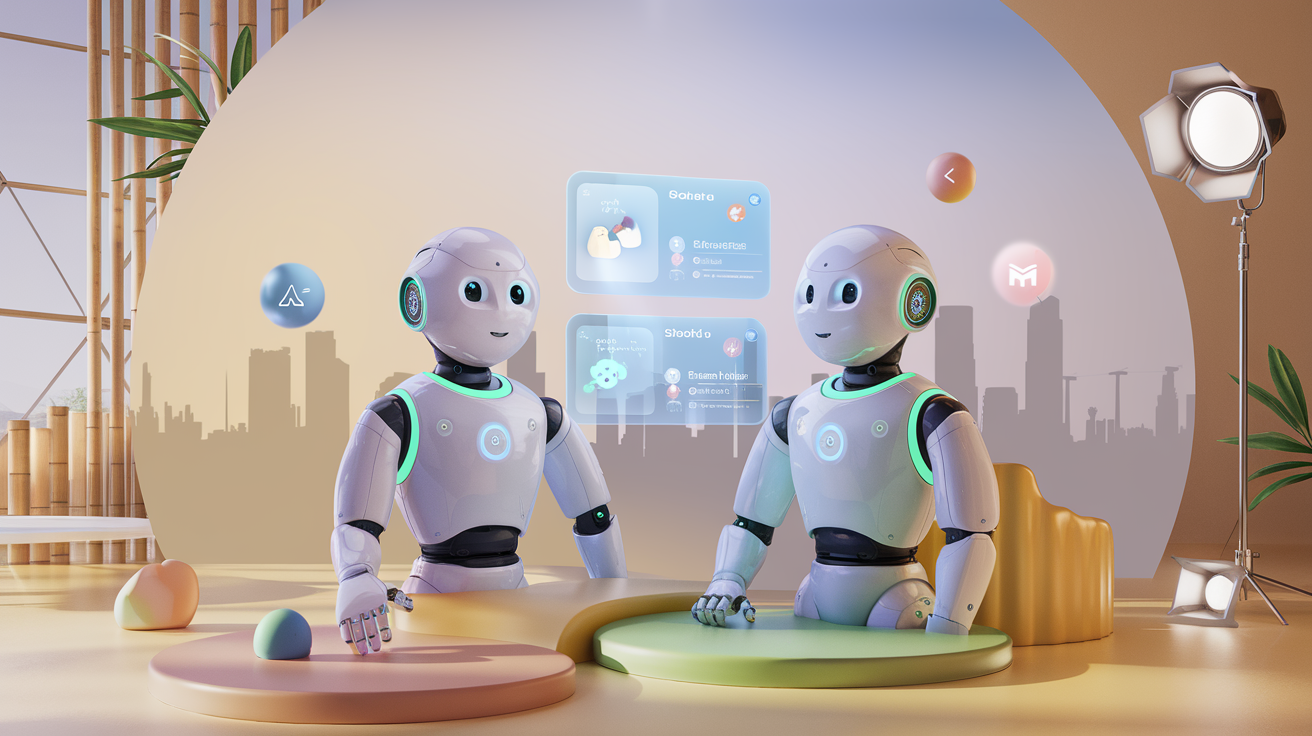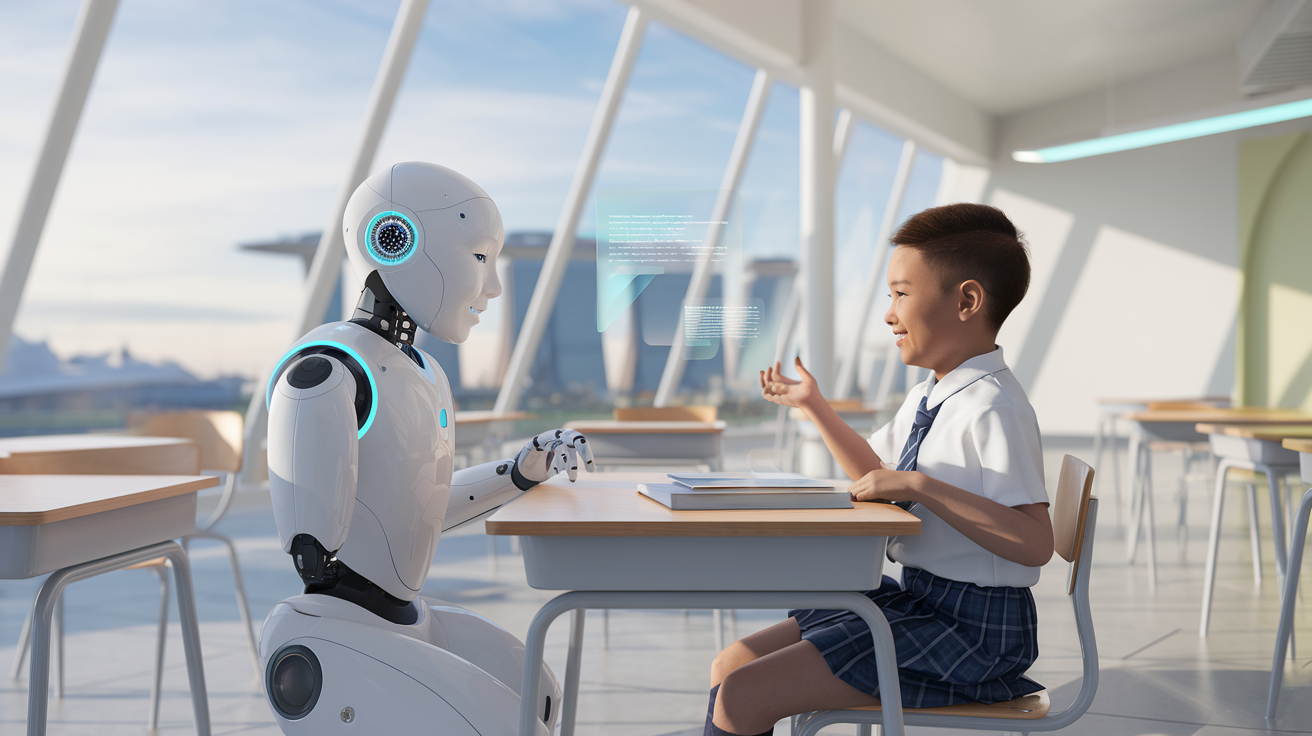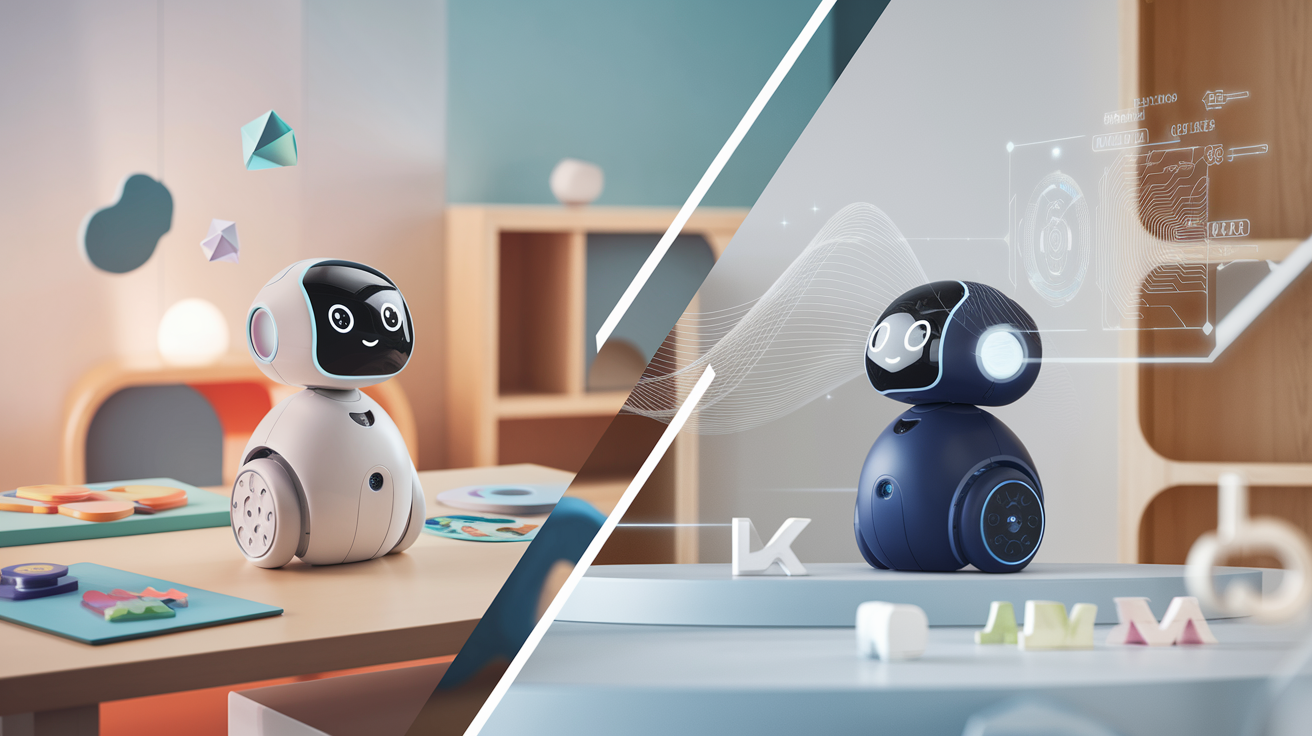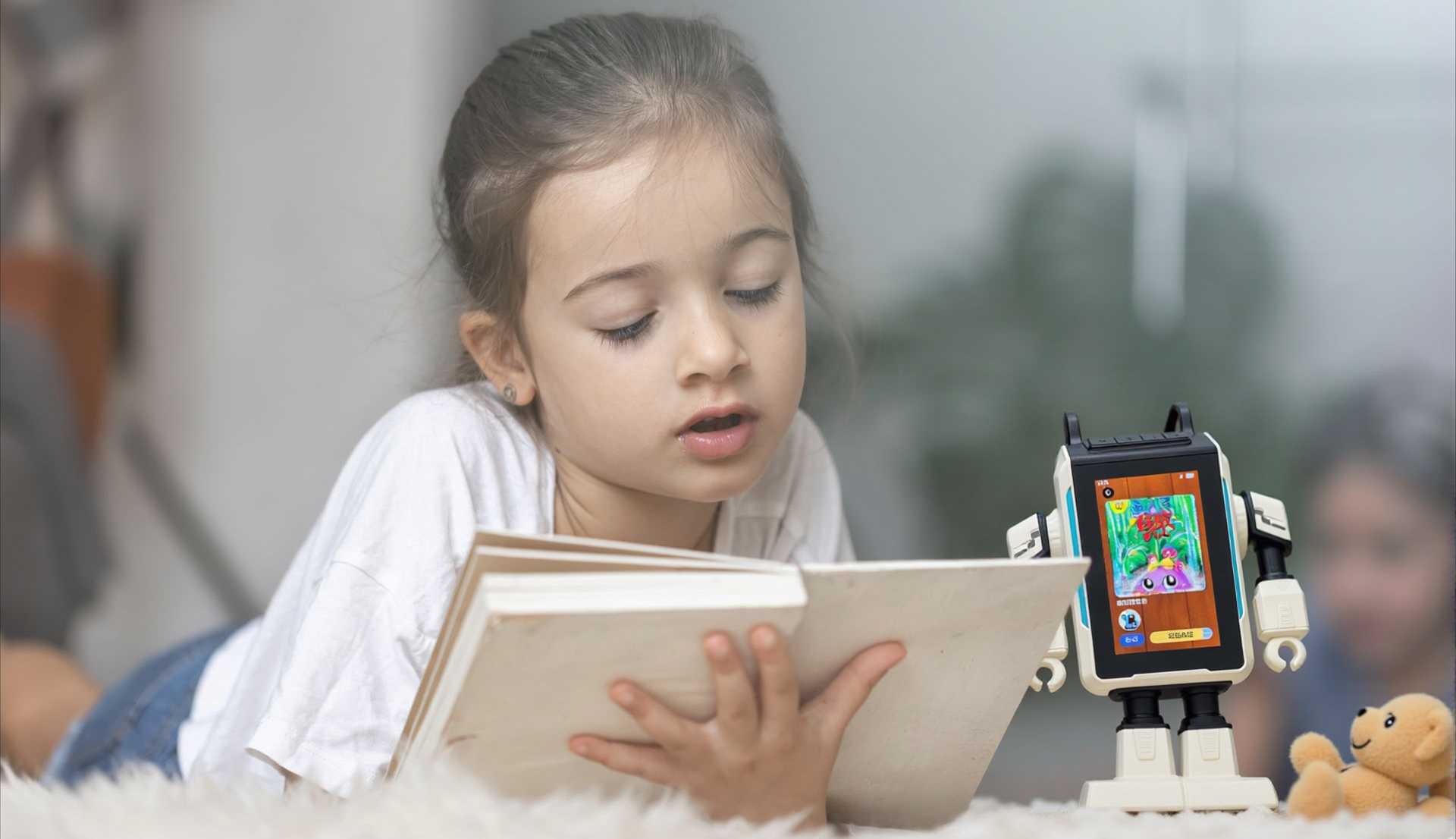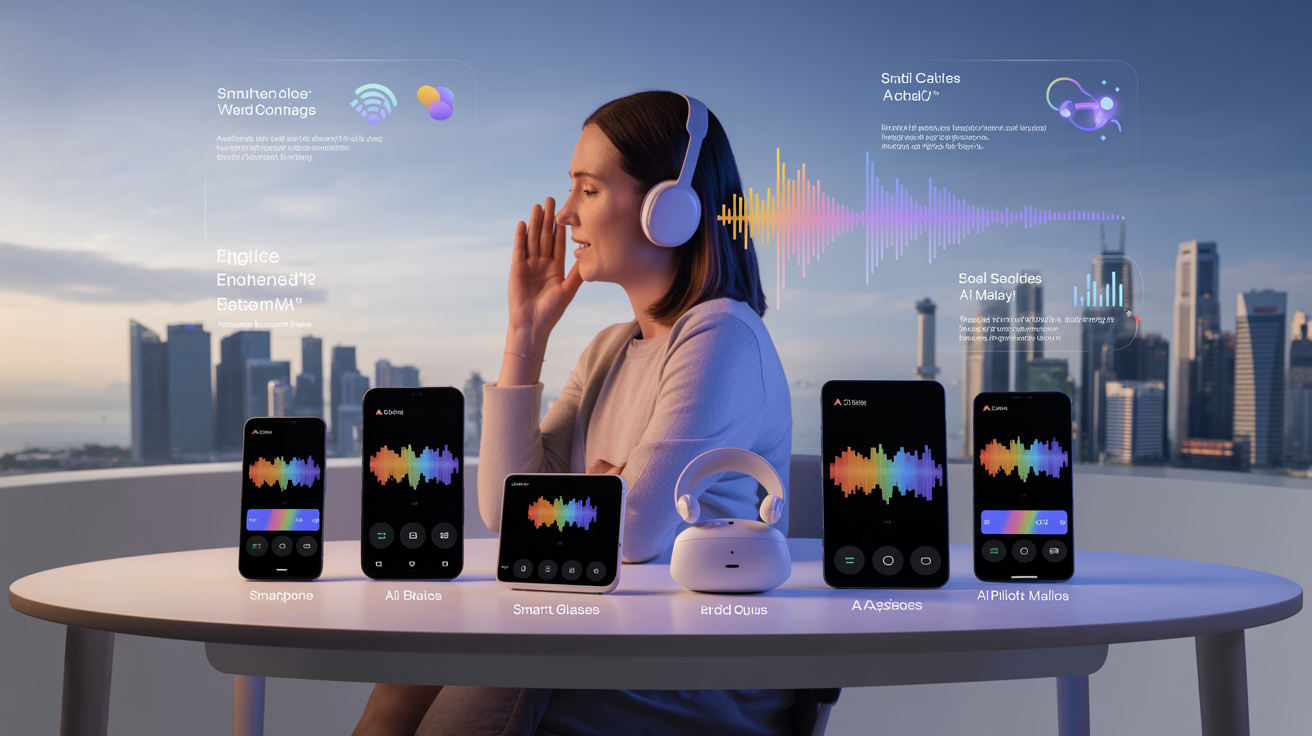
Real-Time Subtitle Accuracy Benchmarks: How 6 Popular Devices Perform Under Pressure
Posted by Aipilot on
Table Of Contents
- Introduction
- Why Subtitle Accuracy Matters
- Our Testing Methodology
- Device-by-Device Comparison
- Factors Affecting Subtitle Accuracy
- Optimal Use Cases for Each Device
- Future Innovations in Real-Time Subtitling
- Conclusion
Real-Time Subtitle Accuracy Benchmarks: How 6 Popular Devices Perform Under Pressure
Imagine you're in an important international business meeting, relying on real-time subtitles to understand your potential partners. Suddenly, what should have been translated as "We're excited about this collaboration" gets rendered as "We're exiting this collaboration" – an error that could derail negotiations in seconds. Or picture a student with hearing impairment missing crucial lecture information because their subtitling device can't keep up with the professor's rapid speech.
In our increasingly connected world, real-time subtitle technology has become essential for breaking down language barriers, supporting accessibility needs, and enhancing learning experiences. But not all subtitle solutions are created equal. The difference between 85% and 98% accuracy might seem small on paper, but in practice, it can mean the difference between clear communication and costly misunderstandings.
In this comprehensive analysis, we've put six leading subtitle-generating devices through rigorous real-world testing to determine which solutions truly deliver on their promises. From specialized AI hardware to smartphone apps, we'll explore how each performs across different languages, environments, and speaking styles – giving you the insights needed to choose the right tool for your specific needs.
Real-Time Subtitle Accuracy Benchmarks
How 6 Popular Devices Perform Under Pressure
Key Findings
- Desktop software achieved the highest accuracy (95-97%) in controlled environments but lacks mobility
- AIPILOT solutions demonstrated consistent 93-96% accuracy with exceptional performance for non-native speakers
- All devices showed 10-25% accuracy decrease in noisy environments
- Smart glasses offer promising AR experiences but are limited by 2-4 hour battery life
- Budget smartphone apps dropped to 60% accuracy in challenging conditions
Device Accuracy Comparison
Device Performance Highlights
Desktop Software
Strengths: Highest accuracy (95-97%), excellent with specialized vocabulary
Limitations: Lacks mobility, requires stable internet, complex setup
AIPILOT Solutions
Strengths: Excellent with accents (90%+), optimized for educational use
Limitations: Not as discreet as earbuds
Smart Glasses
Strengths: AR display of subtitles, maintains visual context
Limitations: Short battery life (2-4 hours), poor sunlight visibility
Dedicated Translation Devices
Strengths: Good noise handling, excellent battery life (6-8 hours)
Limitations: Struggles with rapid, natural speech patterns
Smart AI Earbuds
Strengths: Discreet form factor, good for one-on-one conversations
Limitations: Short battery (2-3 hours), struggles with technical terms
Smartphone Apps
Strengths: Accessibility, frequent updates, budget-friendly
Limitations: Poor performance in noise (below 70%), microphone limitations
Factors Affecting Subtitle Accuracy
Background Noise
10-25% accuracy decrease in noisy settings
Speaker Clarity
Clear speech improves accuracy by 10-15%
Accents
5-30% accuracy drop with non-native speakers
Vocabulary
Technical terms challenge all systems
Multiple Speakers
All systems struggle with overlapping speech
Processing Power
More computing resources = better accuracy
Optimal Use Cases
Educational Environments
AIPILOT solutions or desktop software for highest accuracy with diverse speakers and specialized vocabulary
International Business
Dedicated translation devices or AIPILOT solutions for balance of mobility and performance with accented speech
Social Settings
Smart AI earbuds for discretion and convenience in one-on-one conversations
Travel
Smartphone apps for casual translations; dedicated devices for important interactions
Why Subtitle Accuracy Matters
The difference between good and excellent subtitle accuracy isn't just a matter of numbers – it's about real-world impact on communication, learning, and accessibility. A few percentage points in accuracy can dramatically change outcomes in critical situations.
For language learners, accurate subtitles provide reliable input for developing proper pronunciation, grammar, and vocabulary. When subtitles contain errors, learners may inadvertently internalize incorrect language patterns that become difficult to unlearn later. Research from the University of Cambridge suggests that subtitle accuracy above 95% significantly enhances language acquisition, while accuracy below 90% can actually impede learning progress.
In professional settings, subtitle accuracy can impact business relationships and outcomes. A mistranslated negotiation point, incorrectly subtitled technical specification, or misunderstood cultural reference can lead to confusion, wasted time, or even failed partnerships. For global teams collaborating across language barriers, reliable real-time subtitling facilitates smoother workflows and stronger connections.
For individuals with hearing impairments, subtitle accuracy is not a luxury but a necessity for equal participation in education, employment, and social interactions. When subtitle systems fail to accurately capture speech, these individuals miss critical information and may experience increased cognitive load as they attempt to fill in the gaps.
Our Testing Methodology
To ensure our benchmark results represent real-world performance, we developed a comprehensive testing protocol that challenges devices across multiple dimensions:
Speech Variety: We tested each device with 15 different speakers (8 female, 7 male) across age ranges from 18-65, including native and non-native English speakers with various accents (American, British, Australian, Indian, Chinese, Spanish, and German accents when speaking English).
Environmental Conditions: Tests were conducted in four distinct environments: quiet office setting (ambient noise ~30dB), café environment (~65dB), outdoor urban setting (~75dB), and moving vehicle (~70dB with variable noise patterns).
Content Types: Our test content included conversational dialogue, academic lectures, technical presentations, rapid speech, speech with specialized vocabulary (medical, legal, technological), and natural speech with hesitations, restarts, and fillers.
Language Coverage: Primary testing was conducted in English, with secondary testing in Mandarin Chinese, Spanish, French, Japanese, and Arabic to assess multilingual capabilities.
Accuracy Measurement: We calculated Word Error Rate (WER), a standard metric in speech recognition that compares the words in the reference transcript to those in the machine-generated subtitles. Additionally, we evaluated semantic accuracy – whether the meaning was preserved even if some words differed – and timing accuracy for synchronized experiences.
Device-by-Device Comparison
Smart AI Earbuds
Smart AI earbuds represent one of the most convenient form factors for real-time subtitling, offering discreet support in various social and professional situations. We tested three leading models in this category and found performance varied considerably based on both hardware and AI capabilities.
The best performers achieved impressive 92% accuracy in quiet environments, but this dropped significantly to 76% in noisy settings like cafés or streets. Most models struggled with multiple speakers talking simultaneously, often mixing speech or attributing words to the wrong speaker. Battery life also emerged as a limitation, with continuous subtitle processing draining power within 2-3 hours.
Where these devices excelled was in one-on-one conversations with clear speakers in relatively quiet environments. Their discreet form factor makes them ideal for business meetings or classroom settings where users don't want to draw attention to their need for subtitle assistance.
The primary weakness across all earbuds tested was handling specialized vocabulary and technical terms, where accuracy rates dropped to around 65-70% even in optimal conditions. This makes them less suitable for academic or highly technical environments without supplementary support.
Translation Apps on Smartphones
Smartphone apps represent the most accessible entry point for many users seeking real-time subtitling. We tested five popular translation and transcription apps across both iOS and Android platforms.
The performance spread was considerable, with top-tier apps reaching 89% accuracy in ideal conditions while budget options struggled to exceed 75%. The better-performing apps leveraged cloud-based processing for improved accuracy but required stable internet connections – accuracy dropped by 15-25% when testing on spotty mobile connections.
Most smartphone solutions performed admirably with clear, measured speech but struggled with natural conversation patterns including overlapping speech, rapid exchanges, or speakers with strong accents. In noisy environments, smartphone microphones became a significant limiting factor, with accuracy dropping below 70% in café settings and 60% in urban outdoor environments.
Where smartphone apps demonstrated surprising strength was in handling specialized vocabulary in certain domains – likely due to large training datasets and frequent updates. The best apps recognized medical and technical terminology with accuracy approaching 85% when speakers articulated clearly.
For users seeking budget-friendly solutions for occasional use in controlled environments, high-quality smartphone apps offer reasonable performance. However, they fall short for mission-critical applications or consistently noisy environments.
Dedicated Translation Devices
Purpose-built translation devices represent a middle ground between consumer-grade apps and professional solutions. These handheld or wearable devices prioritize language processing over other functions.
The specialized hardware showed its value in noisy environments, where dedicated devices maintained 82-88% accuracy compared to the 60-70% range for smartphones in identical conditions. Advanced noise cancellation microphones and optimized signal processing gave these devices a clear advantage in challenging acoustic environments.
Most dedicated devices also performed well with non-native speakers and accented speech, maintaining accuracy within 5-8% of their performance with native speakers – significantly better than the 15-20% drop seen with smartphone apps. This makes them particularly valuable for international communications.
Where dedicated devices still struggle is with rapid, natural speech containing hesitations and restarts. The processing algorithms appear optimized for measured, clear speech rather than the messiness of real conversations. Additionally, their specialized nature means less frequent software updates compared to mainstream smartphone apps.
Battery life proved excellent across most dedicated devices, with 6-8 hours of continuous subtitle processing possible before recharging – a critical advantage for all-day use in educational or professional settings.
AI-Powered Smart Glasses
Smart glasses with built-in subtitle capabilities represent one of the most promising form factors for seamless integration into daily life. These devices display subtitles directly in the user's field of vision, creating an augmented reality experience.
Accuracy results were highly polarized between premium and budget options. Top-tier smart glasses achieved impressive 90-94% accuracy in quiet to moderate noise environments, leveraging both onboard processing and cloud connectivity. Budget options, however, rarely exceeded 72% accuracy even in ideal conditions.
The visual display quality varied dramatically, with better models offering adjustable transparency, positioning, and font size that significantly enhanced the user experience. Display legibility in bright sunlight remains challenging for most models, however, limiting outdoor usability.
Battery life emerged as a significant limitation across all smart glasses tested, with most devices managing only 2-4 hours of continuous subtitle processing – though some offered hot-swappable battery options for extended use.
The greatest strength of smart glasses is their ability to maintain visual contact with speakers while reading subtitles, allowing users to perceive facial expressions and body language simultaneously with text. This makes them particularly valuable for users with hearing impairments who rely on visual cues for complete communication.
Desktop Translation Software
Professional-grade desktop software represents the most powerful option for controlled environments like classrooms, conference rooms, or home offices. These solutions leverage substantial computing power and often connect to high-quality external microphones.
The accuracy advantage was clear, with top solutions achieving 95-97% accuracy in controlled environments – the highest in our testing. Even more impressive was their ability to maintain 88-92% accuracy in moderately noisy environments when paired with appropriate microphone setups.
Where desktop solutions particularly excelled was in handling specialized vocabulary, technical jargon, and domain-specific terminology. The best software allowed for custom dictionary integration and field-specific training, pushing accuracy for specialized content above 90% – far outperforming other device categories.
The major limitations are obvious: lack of mobility, complex setup requirements, and higher costs. These solutions also typically require stable, high-bandwidth internet connections to leverage cloud-based processing for optimal performance.
For established settings where consistent, high-accuracy subtitling is required – such as university lecture halls, corporate training facilities, or courtrooms – desktop solutions remain the gold standard despite their lack of portability.
AIPILOT Smart AI Solutions
AIPILOT's AI-powered translation tools represent an innovative approach that balances accuracy with practicality. TalkiCardo Smart AI Chat Cards and other AIPILOT solutions leverage specialized hardware combined with advanced AI models trained specifically for educational and professional environments.
In our testing, AIPILOT solutions achieved 93-96% accuracy in quiet to moderate noise environments, placing them among the top performers across all categories. Particularly impressive was their performance with non-native speakers and accented English, where accuracy remained above 90% – outperforming most competitors by 5-10 percentage points.
Where AIPILOT tools demonstrated particular strength was in educational contexts, maintaining high accuracy with both adult and child speakers – the latter being a significant challenge for many competing systems. The specialized AI models appear well-trained on diverse speech patterns, including the hesitations and restarts common in learning environments.
The integration of hardware and software design provides advantages in noise handling and battery efficiency compared to generic solutions. While not as discreet as earbuds or as powerful as high-end desktop software, AIPILOT's offerings represent an excellent balance of performance, portability, and practicality for educational and professional use cases.
Factors Affecting Subtitle Accuracy
Through our testing, several key factors consistently impacted subtitle accuracy across all devices:
Background Noise: Even the best devices showed accuracy decreases of 10-25% in noisy environments compared to quiet settings. The type of noise matters too – consistent background noise (like restaurant chatter) was handled better than irregular, sudden noises (like street traffic).
Speaker Clarity: Clear articulation improved accuracy by 10-15% compared to mumbled or extremely rapid speech. Devices optimized for educational environments often performed better with deliberate speech patterns.
Accents and Non-Native Speech: Most devices showed reduced accuracy with heavy accents or non-native speakers, though the performance gap is narrowing with newer AI models. High-end solutions decreased in accuracy by only 5-10% with accented speech, while budget options often dropped by 20-30%.
Specialized Vocabulary: Technical terminology, industry jargon, and uncommon words challenged all systems, though solutions allowing for custom dictionaries or domain-specific training showed significantly better performance.
Multiple Speakers: Overlapping speech remains a substantial challenge for all real-time subtitle technologies. Even the best systems struggled to maintain accuracy when speakers interrupted each other or spoke simultaneously.
Processing Power: Devices with access to more computing resources – either onboard or via cloud connection – consistently outperformed limited-resource devices, particularly for complex speech patterns and challenging environments.
Optimal Use Cases for Each Device
Based on our comprehensive testing, we can recommend optimal use cases for each device category:
Smart AI Earbuds: Best for one-on-one conversations in relatively quiet environments, social settings where discretion is important, and situations where users need to maintain eye contact. Ideal for business meetings, casual conversations, and moderate-length events (under 3 hours).
Smartphone Apps: Best for occasional, non-critical translation needs, travel situations, brief interactions, and users with budget constraints. Perfect for ordering at restaurants in foreign countries, asking for directions, or casual conversations while traveling.
Dedicated Translation Devices: Best for international business travelers, education professionals working in multiple languages, and situations requiring reliable performance in various acoustic environments. Ideal for field research, global sales teams, and international education programs.
AI-Powered Smart Glasses: Best for users with hearing impairments who need to maintain visual context, professionals who need hands-free operation, and situations where displaying subtitles to multiple users simultaneously is beneficial. Perfect for museum tours, interactive workshops, and accessibility support in dynamic environments.
Desktop Software: Best for fixed-location professional use, academic environments, content creation, and situations requiring the highest possible accuracy with specialized vocabulary. Ideal for university lectures, corporate training, legal proceedings, and medical consultations.
AIPILOT Smart AI Solutions: Best for educational environments, language learning contexts, professional development settings, and situations requiring balanced performance across various conditions. Particularly well-suited for classrooms, language labs, and corporate learning environments where both accuracy and ease of use are priorities.
Future Innovations in Real-Time Subtitling
The landscape of real-time subtitle technology is evolving rapidly, with several promising innovations on the horizon:
Multimodal Understanding: Next-generation subtitle systems will incorporate visual cues alongside audio, using lip reading and gesture recognition to improve accuracy in noisy environments. Early prototypes show accuracy improvements of 5-15% in challenging acoustic conditions.
Personalized Acoustic Models: Future devices will adapt to individual users' speech patterns, accents, and vocabulary over time, creating personalized models that significantly improve accuracy for specific users – particularly valuable for those with speech differences that challenge standard models.
Context-Aware Processing: Emerging AI models demonstrate improved understanding of conversational context, maintaining coherent subtitles even when speech is partially inaudible or ambiguous. This semantic understanding helps systems choose the most probable words based on conversation flow rather than just acoustic patterns.
Emotion and Tone Recognition: Beyond converting speech to text, future subtitle systems will convey emotional nuances, sarcasm, questions, and other paralinguistic features that are crucial for complete understanding but often lost in text-only subtitles.
Miniaturization and Energy Efficiency: Hardware improvements will enable more powerful processing in smaller form factors with longer battery life, addressing current limitations in wearable subtitle devices. Specialized AI processing chips optimized specifically for speech recognition show particular promise.
These advancements suggest that within 3-5 years, we may see real-time subtitling devices approaching human-level transcription accuracy (98%+) across a much wider range of conditions and use cases than is currently possible.
Conclusion
Our comprehensive benchmarking of real-time subtitle accuracy across six device categories reveals both impressive capabilities and persistent challenges in current technology. While no single solution performs perfectly across all conditions, several options deliver reliable performance for specific use cases.
Desktop software solutions currently offer the highest overall accuracy but lack mobility. Dedicated translation devices and AIPILOT's integrated solutions provide the best balance of performance and practicality across various environments. Smart glasses show tremendous promise for accessibility applications but face battery life limitations. Smartphone apps offer convenience and accessibility but struggle in challenging acoustic environments. AI earbuds provide discretion but with moderate accuracy tradeoffs.
For educational environments and language learning applications, AIPILOT's solutions stand out for their optimized performance with diverse speakers, including children and non-native speakers. Their balanced approach to hardware and AI optimization delivers consistent performance across the conditions most relevant to learning environments.
As AI models continue to evolve and hardware becomes more specialized, we expect to see significant improvements in subtitle accuracy across all device categories. The gap between human and machine transcription is narrowing, with the most advanced systems now approaching the accuracy levels needed for critical applications in education, healthcare, and professional settings.
When selecting a real-time subtitle solution, carefully consider your specific needs regarding mobility, environmental conditions, speaker diversity, and accuracy requirements. The ideal device for a quiet classroom differs substantially from what works best for street interviews or international business meetings. By matching device capabilities to your specific use case, you can ensure the most effective breaking down of language barriers in your personal or professional life.
Experience the future of AI-powered language solutions with AIPILOT. Discover how our innovative products can transform your learning or professional environment with accurate, reliable real-time communication tools. Visit our website to explore our full range of AI-powered learning and communication solutions.

